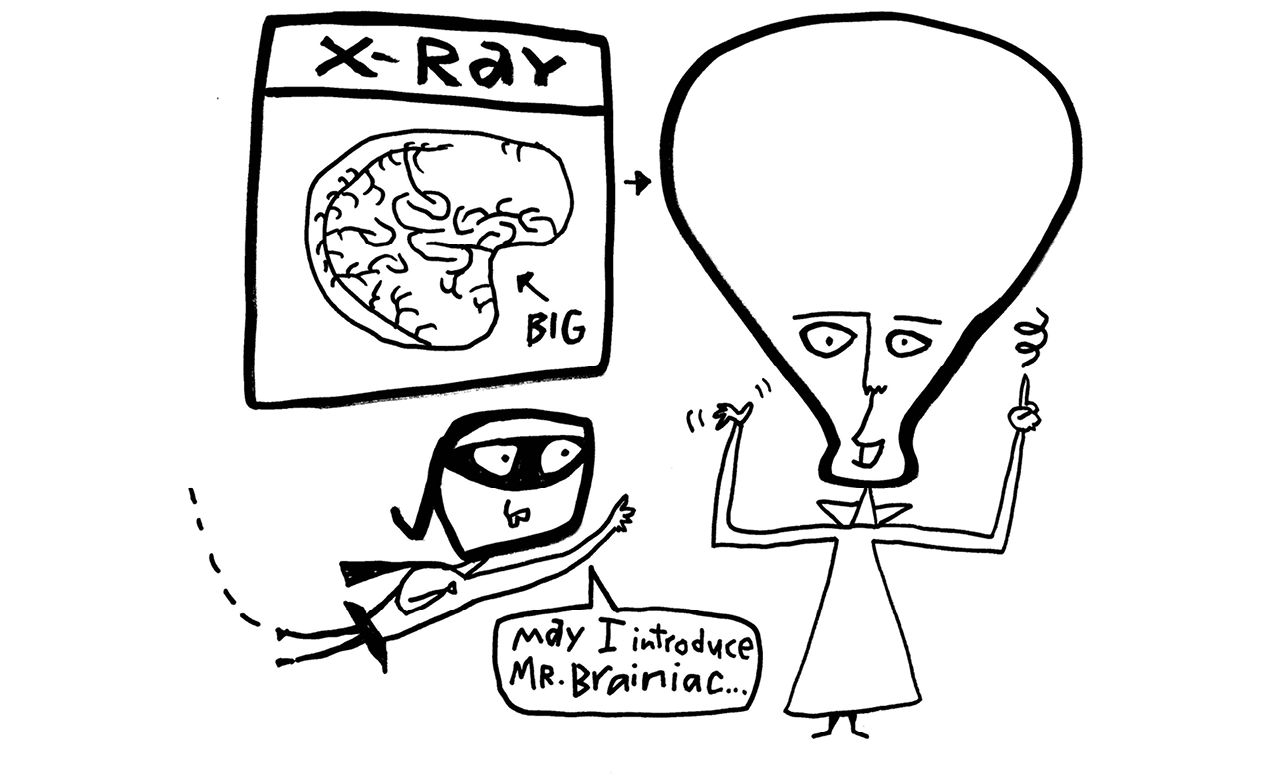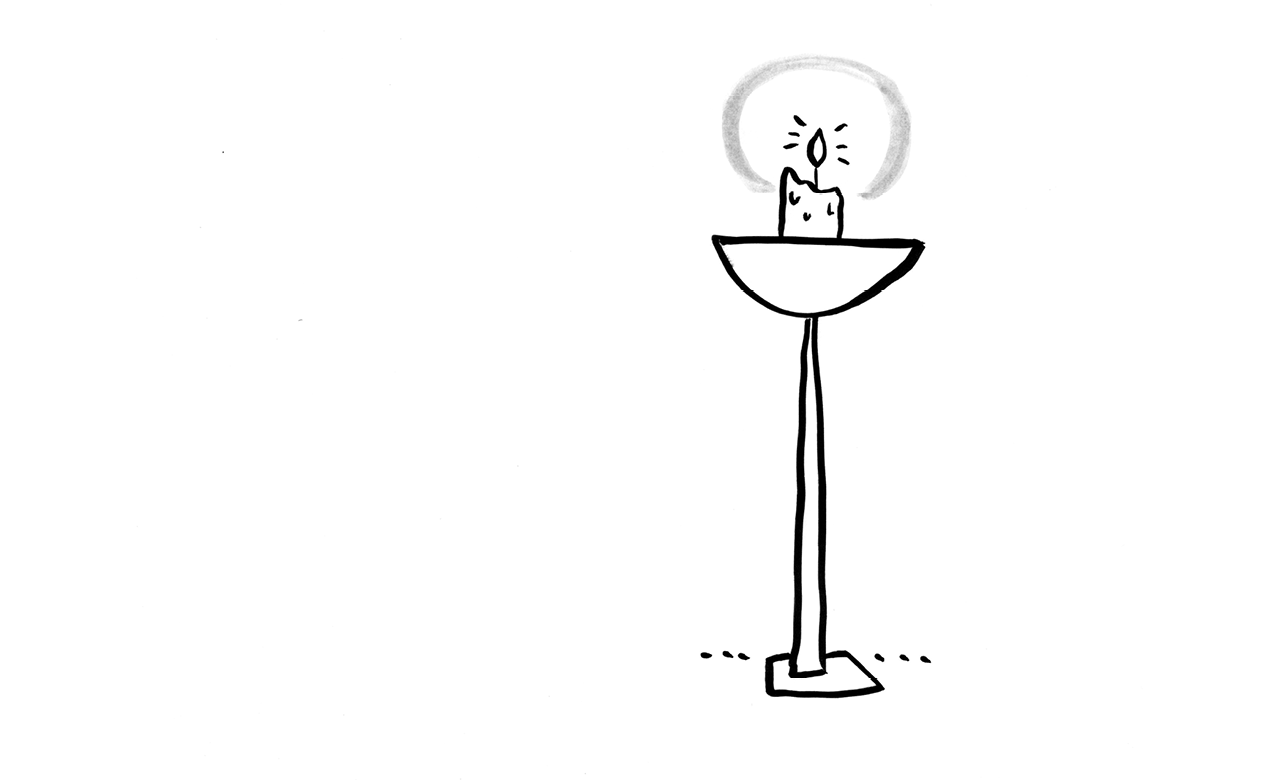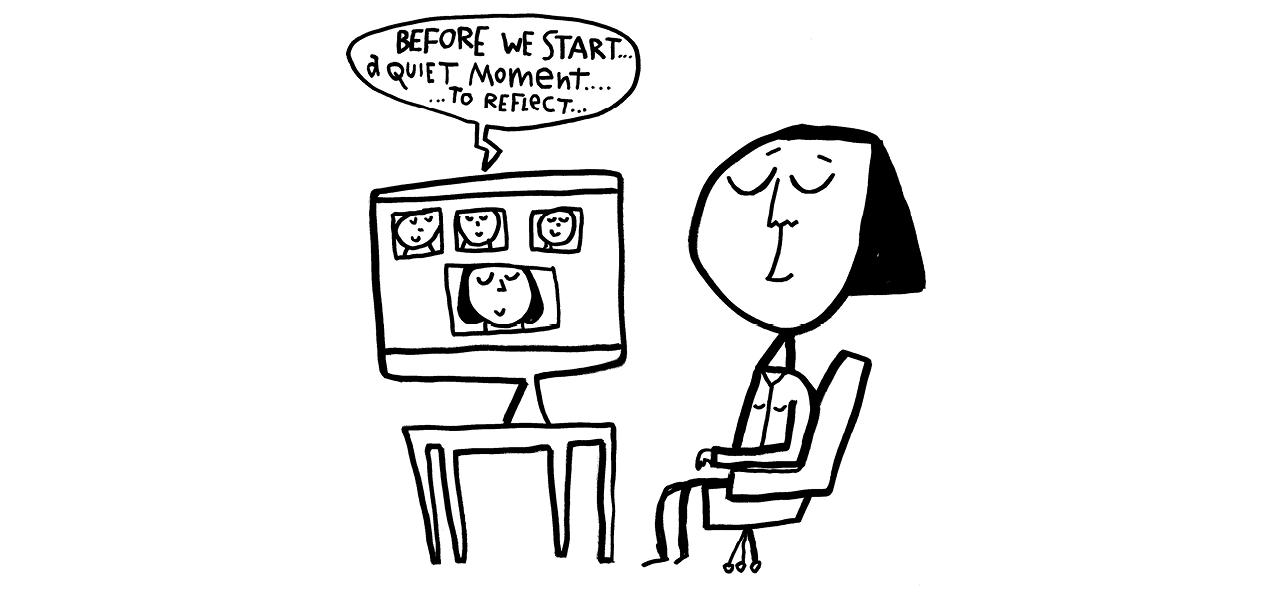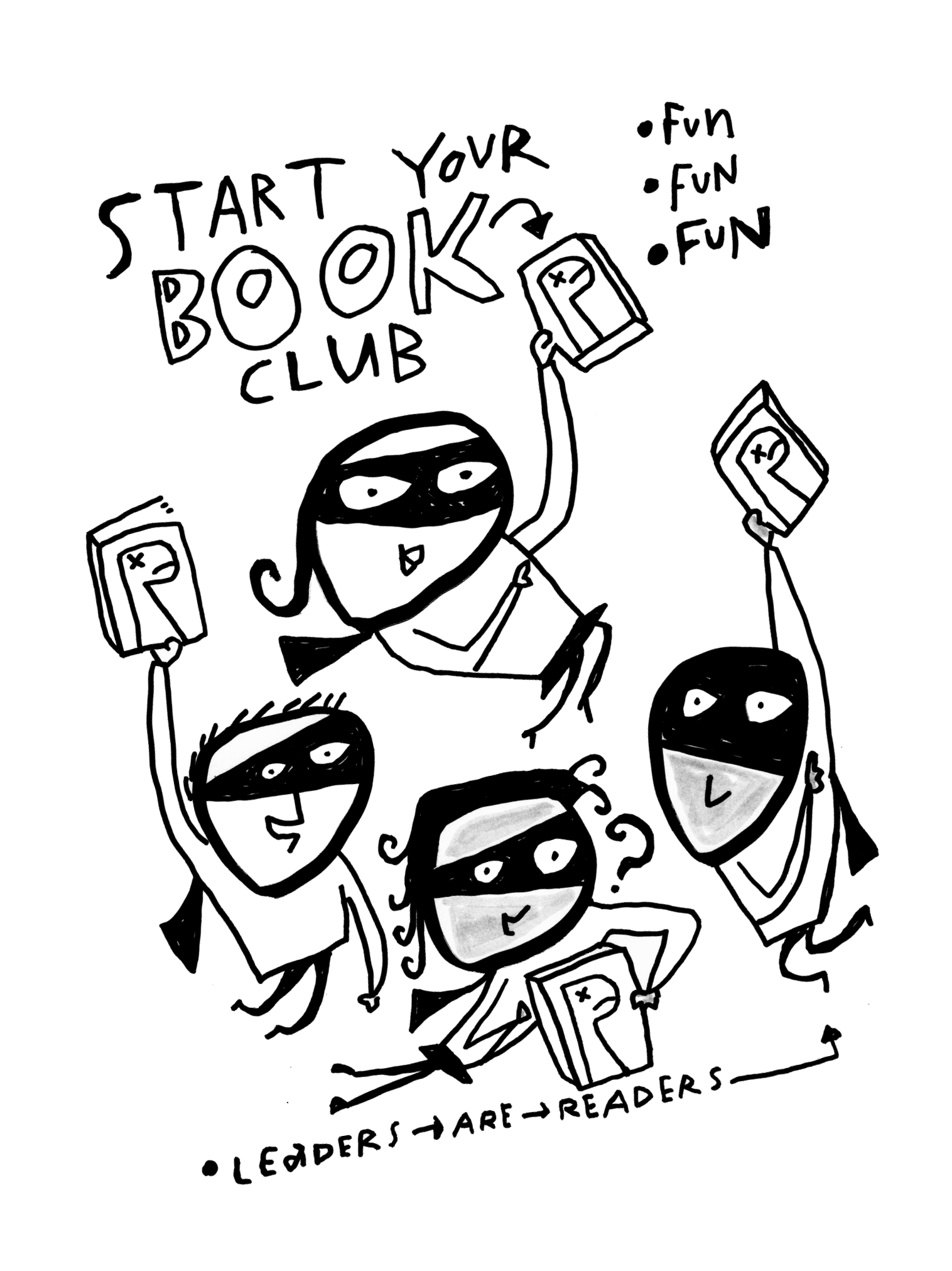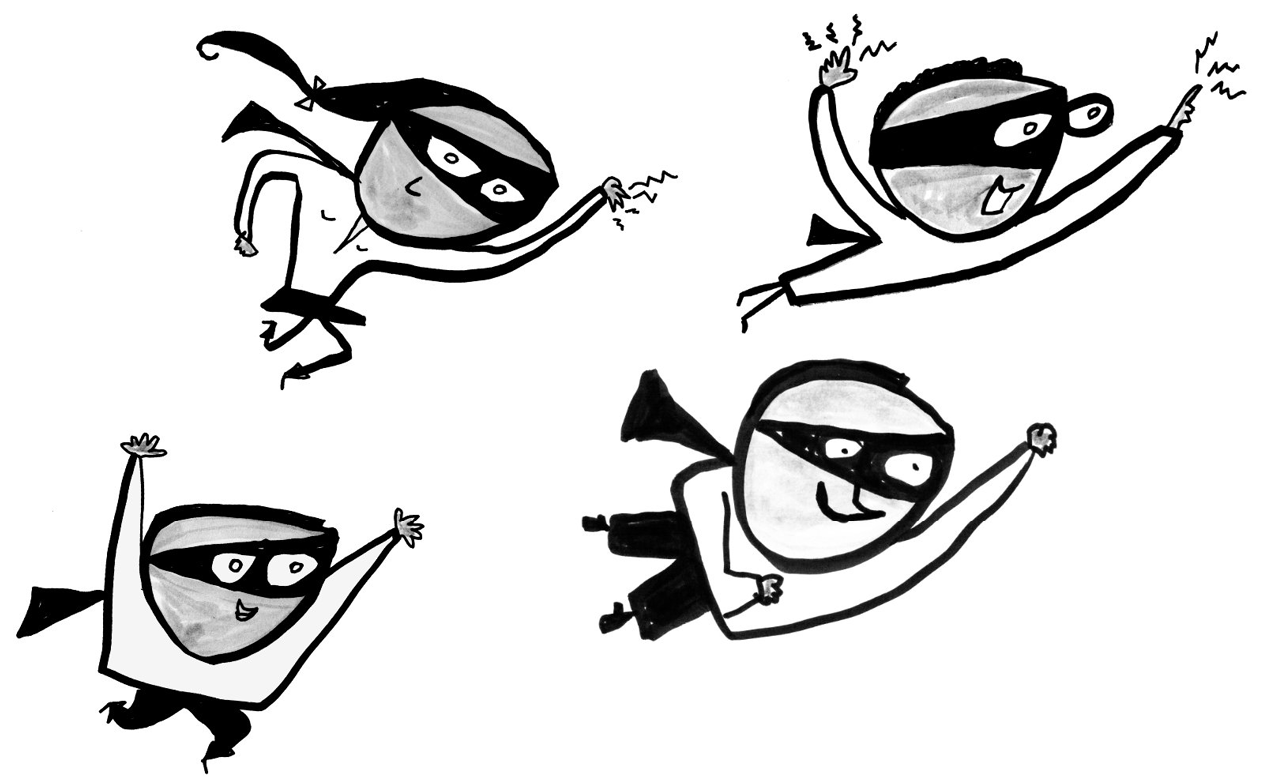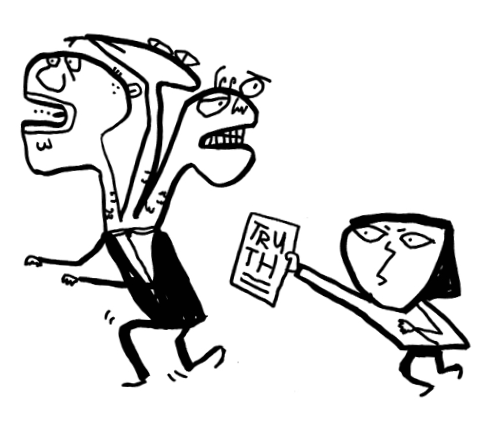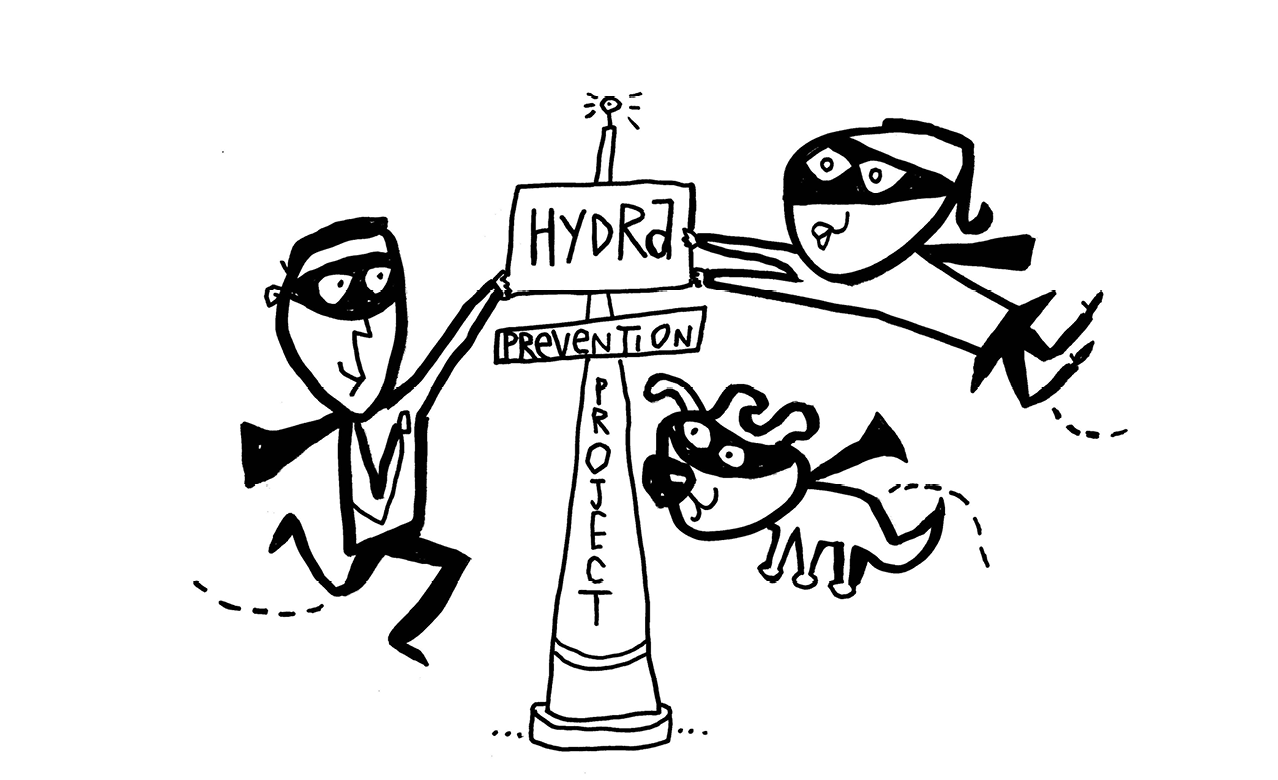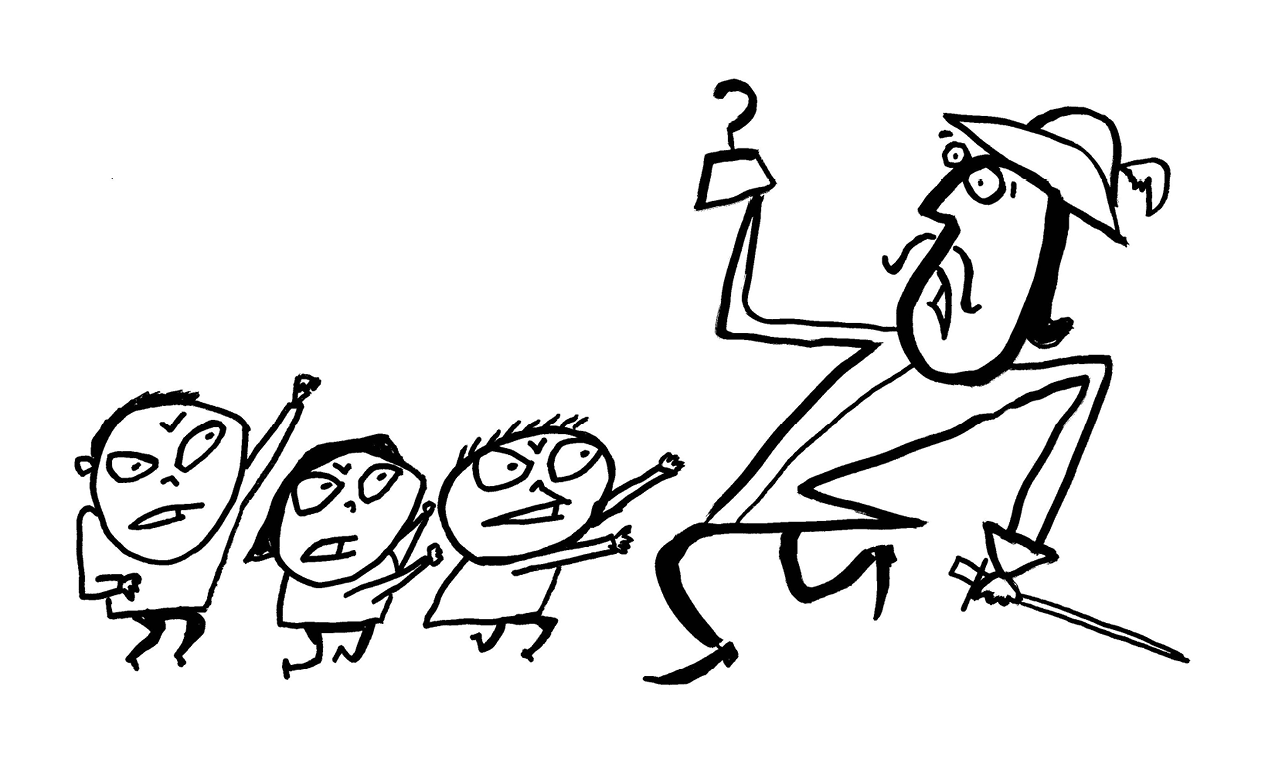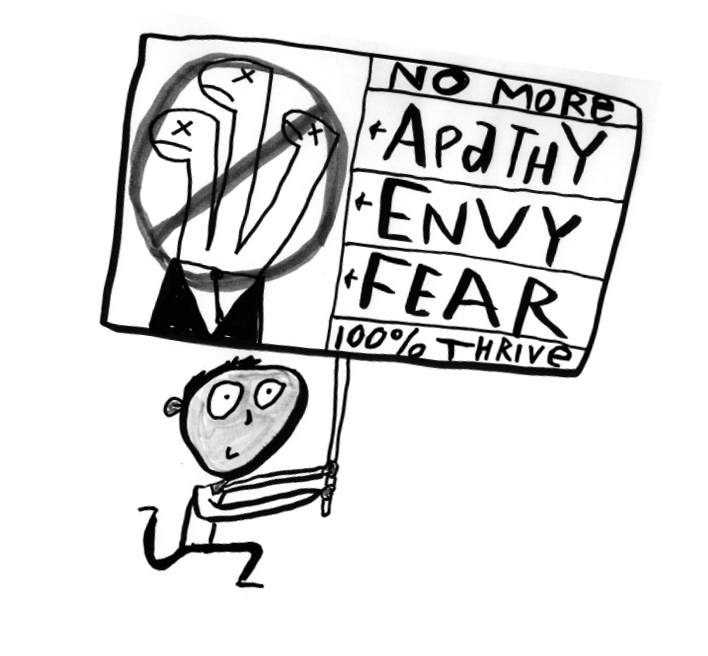Concept 6: adverse childhood experiences (ACEs)
Before we talk about adverse childhood experiences (ACEs), let’s talk about you in the forest with a giant bear. If you found yourself face to face with a bear in the woods your brain and entire body would respond with that is called “fight or flight.” This means that your brain is sending a message that you either must run away as fast as you can or stand and fight. You are feeling frightened, anxious and on alert. You know you’re in danger and this response is healthy and needed to escape harm. Once you get away from the bear you can calm down.
The “fight or flight” response is good for a crisis in the woods but we humans have not evolved to be in such an emotional and physical state 24/7. Yet, some children, youth and adults spend much of their time ready to flee. This can be the result of a traumatic home life.
Trauma can be the result of many things. In this article we are going to focus on ten types of family situations in the home that can be traumatic for a child. These “situations” are forms of abuse or neglect that impact children and youth. It is also important to understand how childhood trauma does not end in childhood.
About trauma
A doctor might describe “trauma” as only a serious injury to a person’s body. It can also be defined as “very difficult or unpleasant experiences that cause someone to have mental or emotional problems.” Lots of these problems end with the passage of a little time and a couple of heart-to-hearts with good friends or family members.
Routine romantic breakups in high school work like that. A troubling failure to make the football team can greatly upset a student but with good friends, the sadness can go away over time. All too often, more dramatic trauma causes problems that continue to hamper normal life, long after the trauma itself has ended. These experiences become stubborn emotional wounds, hampering a child’s ability to trust.
These wounds may stay with us for months, years or a lifetime, impacting our adult relationships in our homes, on campus, the workplace, and community. Wounds do many things, including having us seek out a way to numb the pain. We have easy access to alcohol, drugs and our mobile devices where we can spend hours online chatting, clicking “friend” or “unfriend” or staring at moving images from Entertainment, Inc.
Running from trauma? Not really an option.
Many forms of trauma can also lead to the “flight or fight” response we discussed earlier. A child may always fear that another attack is coming from an adult. For students with a history of traumatic events in the home, they never know when they return from school if a parent will be in a good mood, bad mood, sad, drunk or acting strangely. There may also be adult strangers in the home who act in a way that makes a child feel unsafe.
 Children with a history of abuse or neglect may find it difficult to attach emotionally to others. There is a great deal of research demonstrating that traumatic childhoods impact brain functioning in very real ways. This can impact their chance at a healthy and successful life. Like any other wound, leaving the business of healing to the passage of time only works in the least serious of situations.
Children with a history of abuse or neglect may find it difficult to attach emotionally to others. There is a great deal of research demonstrating that traumatic childhoods impact brain functioning in very real ways. This can impact their chance at a healthy and successful life. Like any other wound, leaving the business of healing to the passage of time only works in the least serious of situations.
ACEs are one of the biggest factors in poor student achievement yet you will be hard-pressed to find any school with an ACEs prevention policy. Bullying prevention policies? Yes. Policies to protect traumatized students and help their struggling parents? No. At least not yet. This is part of the work we must do, acknowledging the epidemic rates of student trauma that diminish their capacity for learning.
Defining Adverse Childhood Experiences
Trauma is so common in our society that it takes a survey just to identify the types of traumatic events children are experiencing. It’s called the Adverse Childhood Experiences (ACEs) survey. This survey may have already been used in a community or school near you. It is a checklist of potentially traumatic events, both large and less large. Some of the childhood experiences that the survey asks about may not seem to be so bad.
Some people have said that some difficult situations in a family are “normal.” Others have said that tough childhoods can make a person stronger. But for most of these childhood experiences, most everyone already agrees that they should not be part of childhood.
The Adverse Childhood Experiences survey was first written and used about twenty years ago, developed by Drs. Felitti and Anda. The doctors who invented the survey wanted to understand the connection between childhood trauma and adult health. The doctors discovered that there existed cycles of trauma that were passed from grandparent to parent to child. The doctors called for big changes to support families with services to reduce trauma. This call for action was met with deafening silence.
What are the 10 ACEs? How much adversity did you face?
What are the ten ACEs? The list includes, in no particular order: physical abuse, emotional abuse, physical neglect, emotional neglect, sexual abuse, witnessing domestic violence, living in a household with someone who is mentally ill, living in a household with someone who abuses alcohol and/or drugs (legal or not), having a family member sent to prison, and having parents who separated or divorced.
If we have healthy, positive relationships with parents, neighbors, family members, teachers, faith groups, sports leagues, we have a good chance of generally turning out pretty well. But if our relationship with parents and other adults are a series of hopelessly negative experiences, like that list of ACEs, we can be in trouble. Serious trouble.
This should not come as a surprise, but the levels of adverse childhood experiences, like those listed above, can predict to a degree all kinds of risky behavior later on in life. Put too many of them into a childhood, and pretty soon there are colliding problems with serious consequences.
Here are some problems that may arise due to a high ACEs score.
- Depression
- Suicide
- Alcoholism
- Substance misuse
- Prescription drug misuse
- Smoking
- Severe obesity
- Depression
- Risky sexual behaviors
- Sexually transmitted diseases
Two of the biggest challenges that may come with a high ACEs score are substance misuse and emotional health problems.
An ACEs Score does not predict your future. But it is a helpful warning to be careful.
An ACEs score is not destiny. By this we mean that a person can score a 9 on the survey and still have a good life. Possibly a great one. Another person might score a 1 yet be in a state of flight or fight or years or a lifetime. Another person may score a 0 but grow up in a community struggling with racism and marginalization. Everyone is different. We all respond to trauma and traumatized people differently. There are factors that help mitigate the effects of ACES, many of which are included in the 10 Vital services we’re always going on about.
People going through the trauma associated with adverse childhood experiences are more likely to struggle in school and have a harder time with job readiness and keeping a job.
As you can imagine, a feeling of trauma or fight or flight is not a good feeling. It makes sense that people would want to find a way to reduce feelings of anxiety, fear and sadness. This explains why people turn to alcohol and other substances to numb emotional pain.
For so many reasons all of us — from high school students and parents to health care providers, educators and elected officials — need to understand ACEs in order to prevent and treat problems related to trauma.
The ACEs Survey
The following ten questions from the ACEs survey can help you understand your childhood. It might also help you understand your parents who might have endured ACEs. If you are a parent or thinking of becoming one, it will give you insights to the impact of ACEs on all our children. These questions can also trigger difficult memories. Read with care.
ONE: Did a parent or other adult in the household often or very often push, grab, slap, or throw something at you? Or ever hit you so hard that you had marks or were injured?
TWO: Did a parent or other adult in the household often or very often swear at you, insult you, put you down, or humiliate you? Or act in a way that made you afraid that you might be physically hurt?
THREE: Did an adult or person at least five years older than you ever touch or fondle you or have you touch their body in a sexual way? Or attempt, or actually have, oral, anal, or vaginal intercourse with you?
FOUR: Did you often or very often feel that no one in your family loved you or thought you were important or special, or that your family didn’t look out for each other, feel close to each other, or support each other?
FIVE: Did you often or very often feel that you didn’t have enough to eat, had to wear dirty clothes, or had no one to protect you? Or your parents were too drunk or high to take care of you or take you to the doctor if you needed to go?
SIX: Did you live with anyone who was a problem drinker or alcoholic? Or who used street drugs?
SEVEN: Was your parent or stepparent often or very often pushed, grabbed, slapped or hit by a thrown object? Or sometimes, often, or very often, kicked, bitten, hit with a fist or hit with something hard? Or ever repeatedly hit for at least a few minutes or threatened with a gun or knife?
EIGHT: Was a household member depressed or mentally ill? Or did a household member attempt suicide?
NINE: Were your parents separated or divorced?
TEN: Did a household member go to prison?
ACEs are predictable and preventable
ACEs are predictable and preventable if leaders and stakeholders wish to make its prevention a priority. If you wanted to start a countywide prevention process, you have support. New Mexico has the first state-funded agency with the mission of providing all county leaders and stakeholders with a data-driven, cross-sector and technology-empowered strategy to prevent ACEs. The Institute’s process is guided by decades of research focused on the social determinants of health, health equity, historical trauma and the root causes of trauma. (More on the strategy later.)
States commit to ending ACEs. Or don’t.
Will the 49 other states in the US fund their own statewide strategic (and data-driven) plan for finally ending what can be called an epidemic of trauma? I certainly hope so, especially in our era of destabilizing pandemics and economic disruptions that only make rates of child adversity and maltreatment climb.
As you discuss preventing ACEs with leaders (heroes and the three headed hydras of Apathy, Envy and Fear), you will hear everyone agreeing that ACEs should be prevented. Will these leaders support a comprehensive countywide plan to address the root causes of ACEs? You won’t know until you ask.
Colliding crises
During a public health crisis or economic disruption, people with high ACEs scores may feel especially insecure and destabilized. Beaten down emotionally by trauma, those with high ACEs score may struggle to reach for help and may not have the stamina to make it through the hurdles (and hours of waiting on hold) required to access a particular service. We are talking about Herculean efforts and persistence that would wear anyone out.
Many crises. One solution.
The good news is that the same strategies to make all of us more secure during pandemics and economic disruptions, are the same ones required to reduce ACEs. By ensuring all families are supported in accessing the services for surviving and thriving (assuming these services exist), notably trauma-informed behavioral health care, we can address the root causes of ACEs.
The bottom line is that we need all caring adults to educate themselves about the magnitude of ACEs and the sea of untreated trauma that exists as a result of them today. We often write about colliding crises, and ACEs is one we must confront, prevent and heal. All it takes is one champion to start a local movement to ensure safe childhoods. Someone like you.
Recommended reading: 100% Community, Chapter 7: We Interrupt This Public Health Crisis to Share Another One; Anna, Age Eight: The data-driven prevention of childhood trauma
Report from the Battlefield: Katherine’s Report
Hydras have opinions which they confuse with facts. In one meeting I was discussing the importance of early childhood learning programs.
The hydra, seeking to start a fight, stated, “Wait a minute. Kids have done fine without these new childhood programs that you seem to think we should be funding.”
“It’s actually not my opinion, it’s based on research,”
The other participants in the meeting diverted their eyes, looking at the ceiling or their floor. A hydra in the room turns even caring people into passive zombies.
I responded knowing full well that this conversation was going to go nowhere fast. I learned long ago that trying to defend a position based on data and research was pointless with hydras.


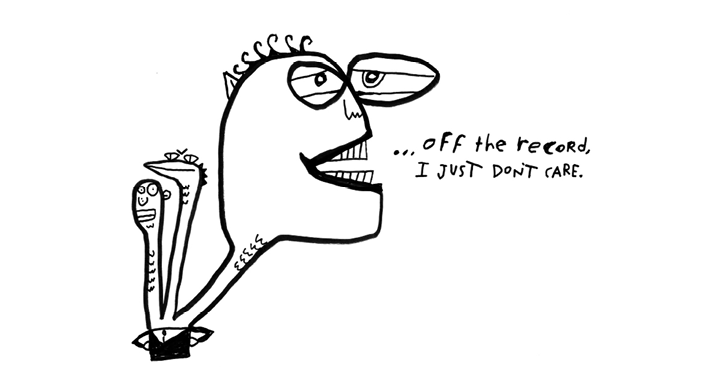
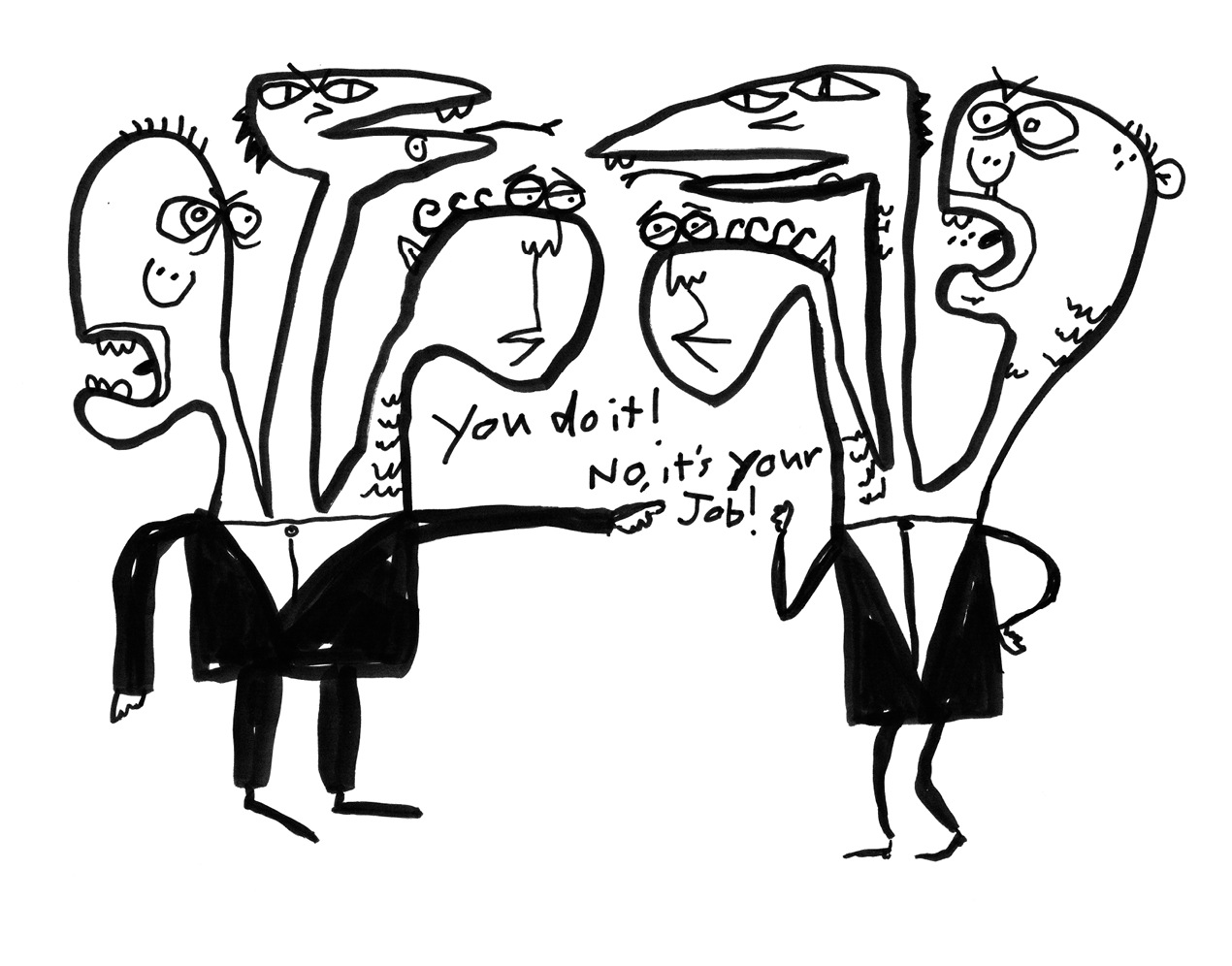










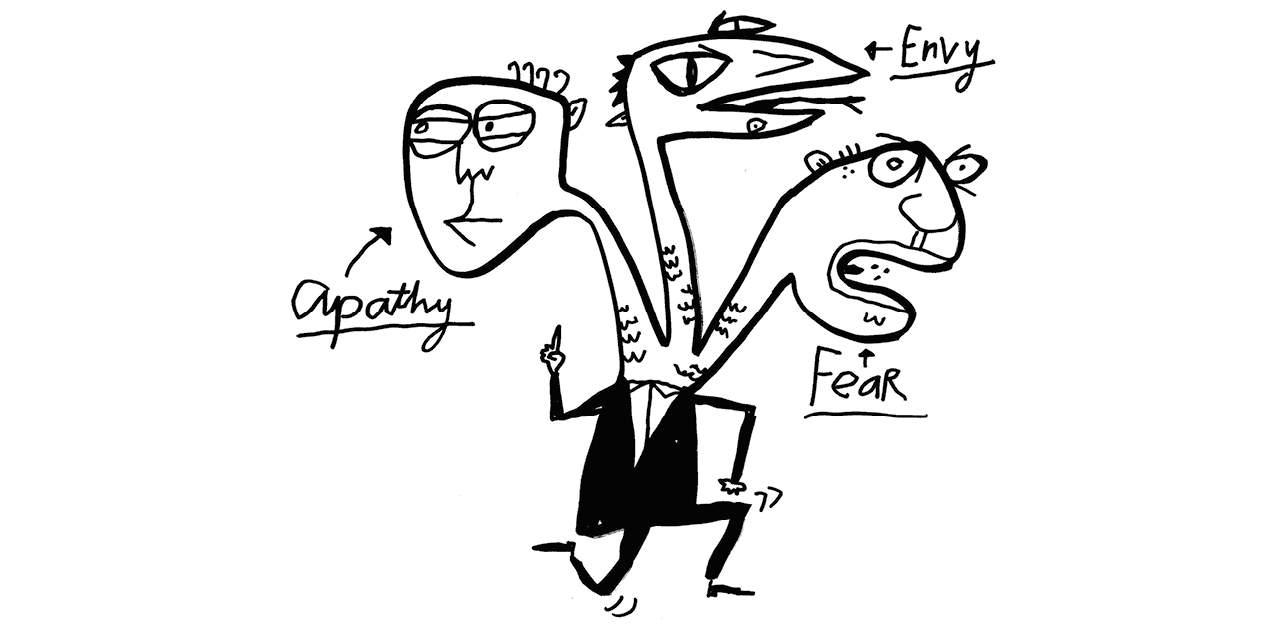



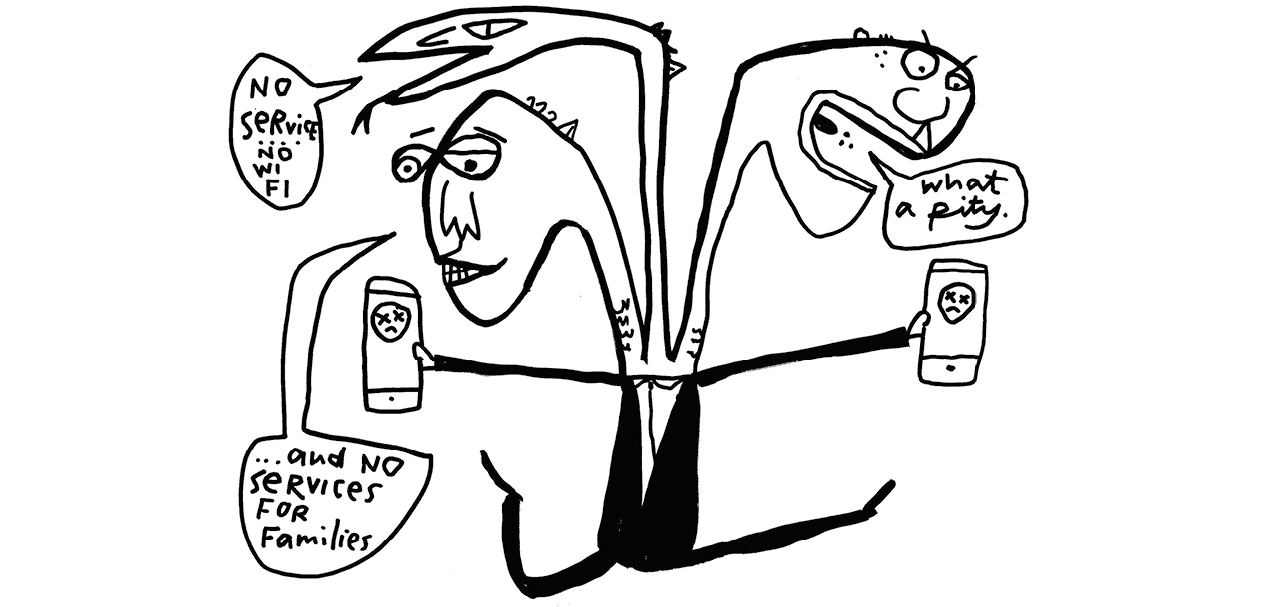


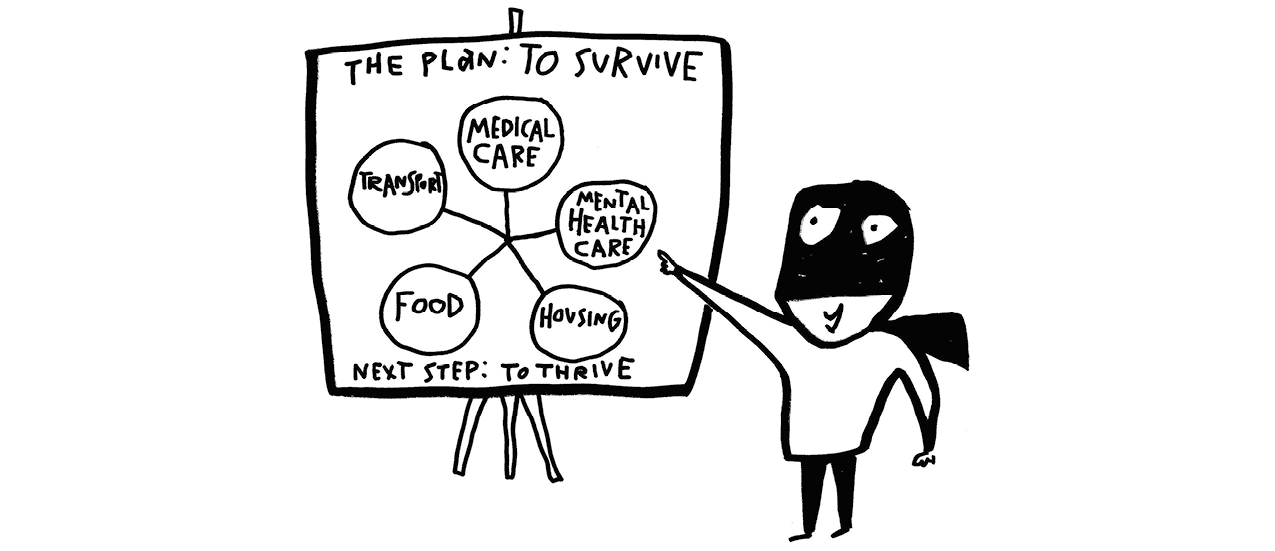



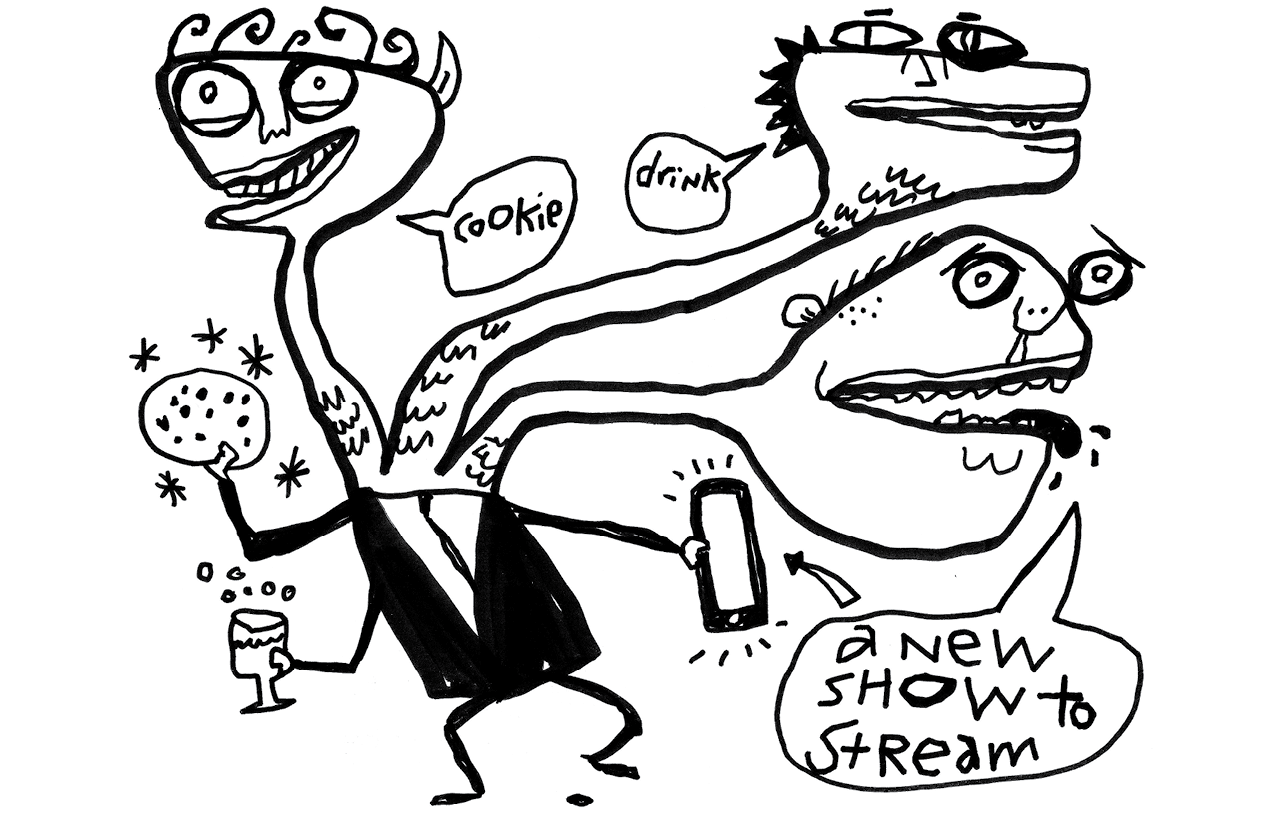





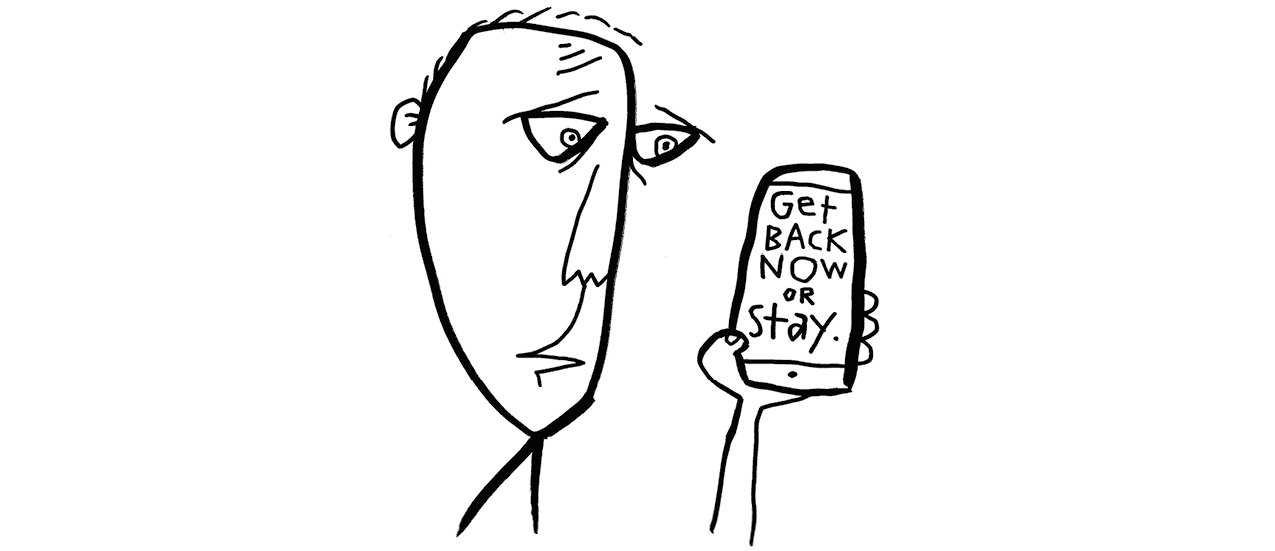




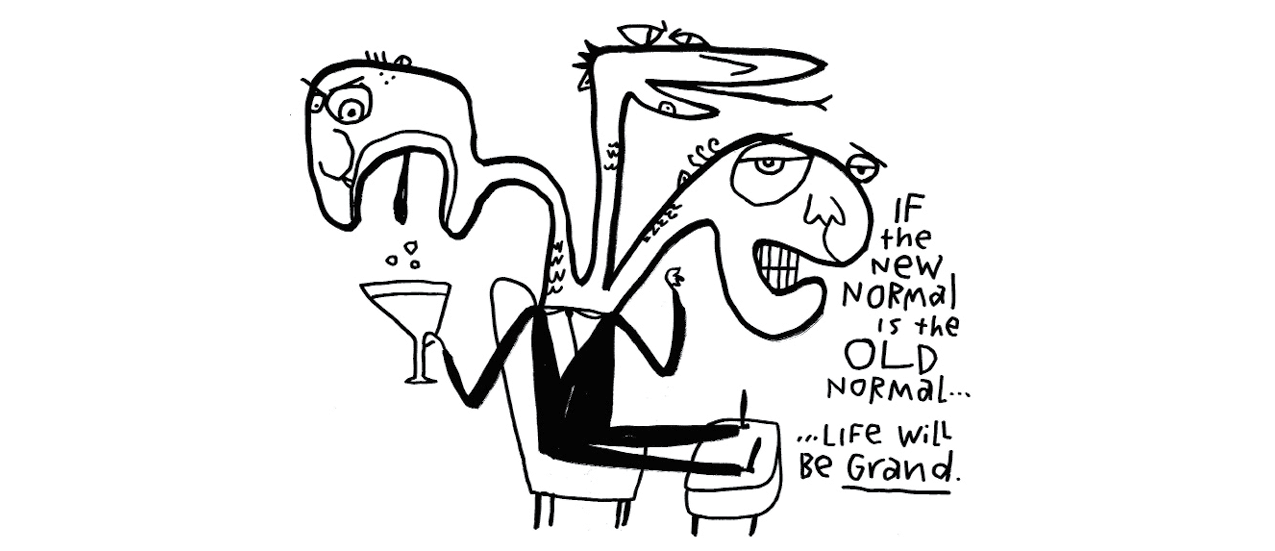
 We have an incredible and historic opportunity to rethink government on every level and to re-prioritize. It’s all about collaboration, data and technology. And pulling it all together, is a shared vision.
We have an incredible and historic opportunity to rethink government on every level and to re-prioritize. It’s all about collaboration, data and technology. And pulling it all together, is a shared vision.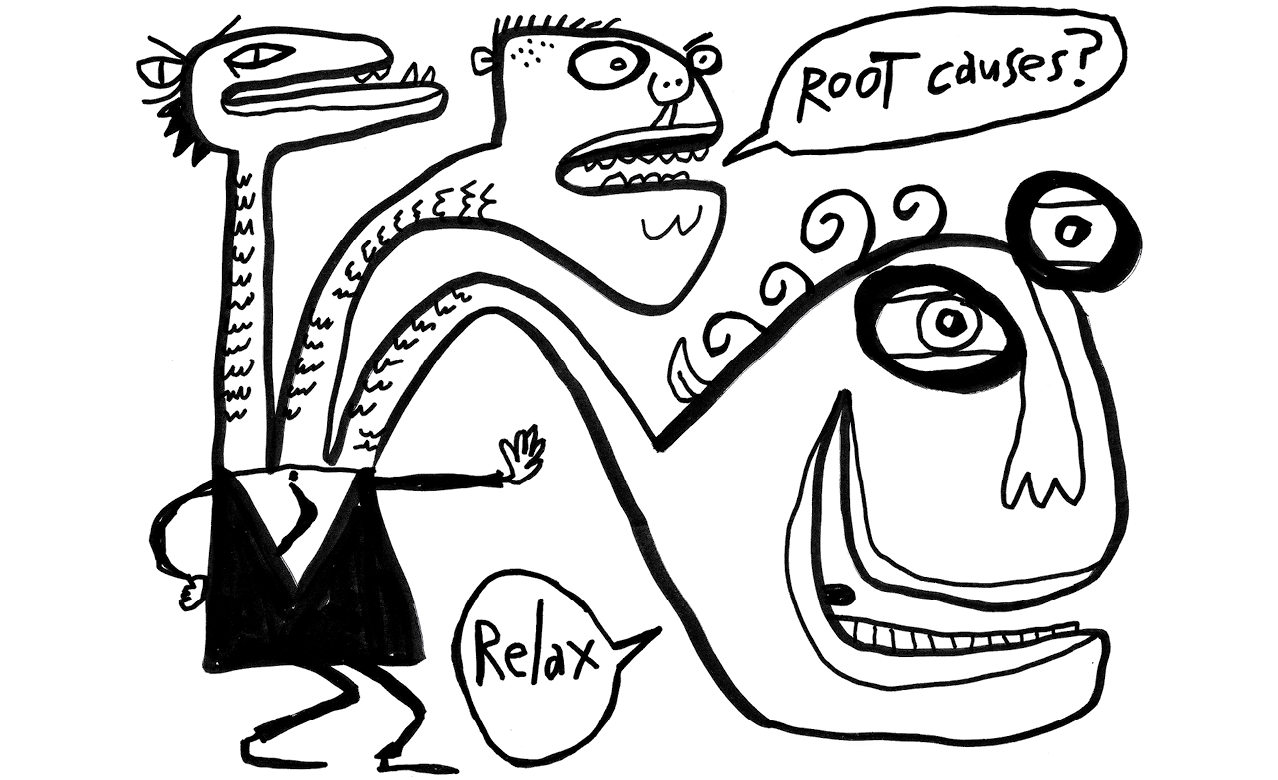


 For those of us with decades of work in both field and central offices within state government, we theorize that there are a wide variety of reasons for each of our fifty states not addressing long-standing public health and economic disparity challenges that make this pandemic tough to face.
For those of us with decades of work in both field and central offices within state government, we theorize that there are a wide variety of reasons for each of our fifty states not addressing long-standing public health and economic disparity challenges that make this pandemic tough to face.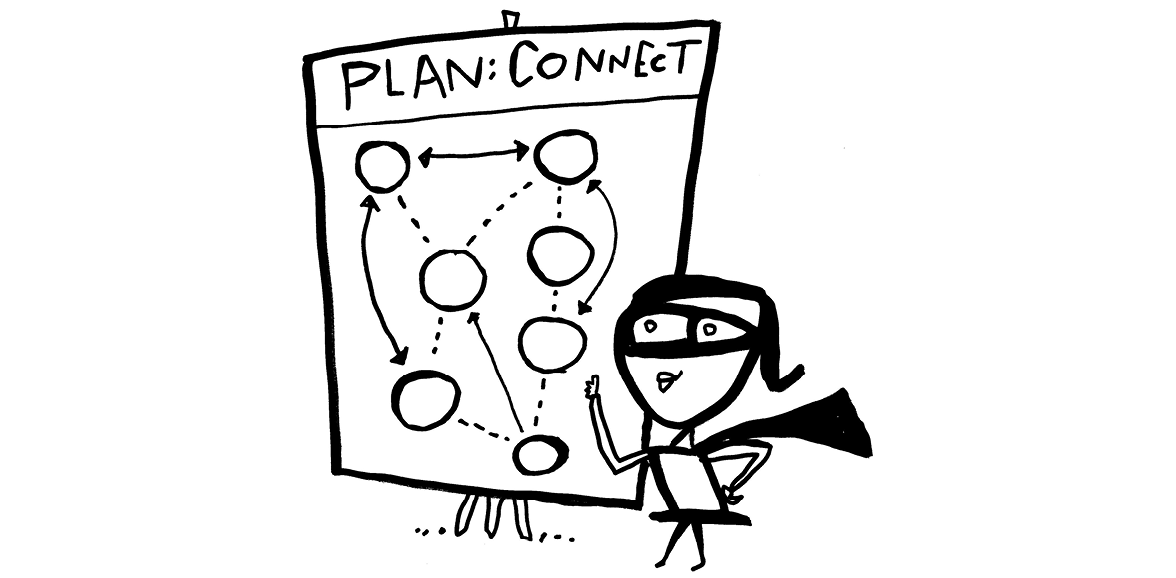
 Not connecting dots
Not connecting dots



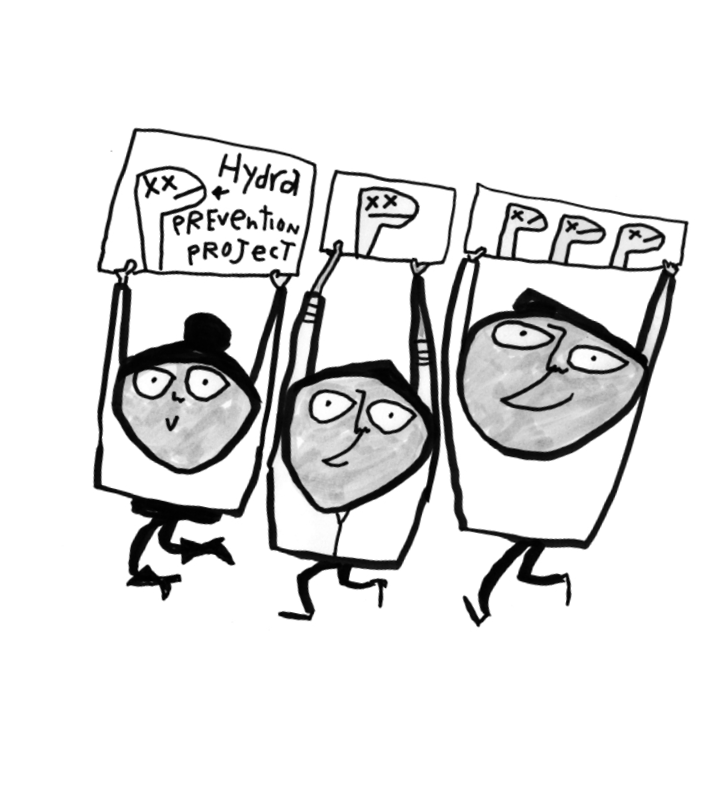

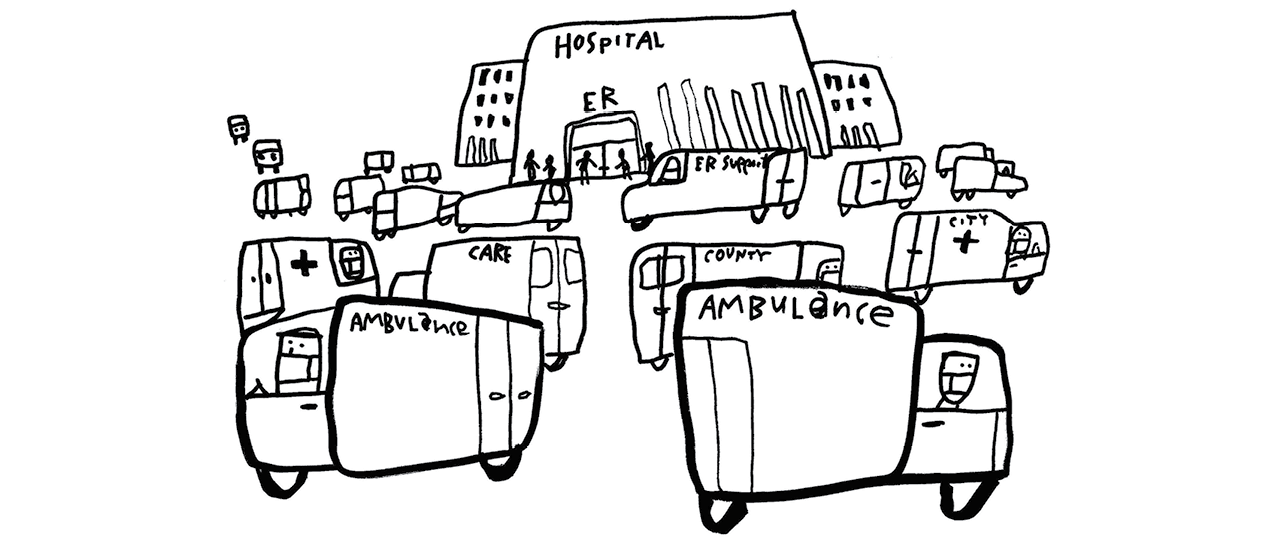

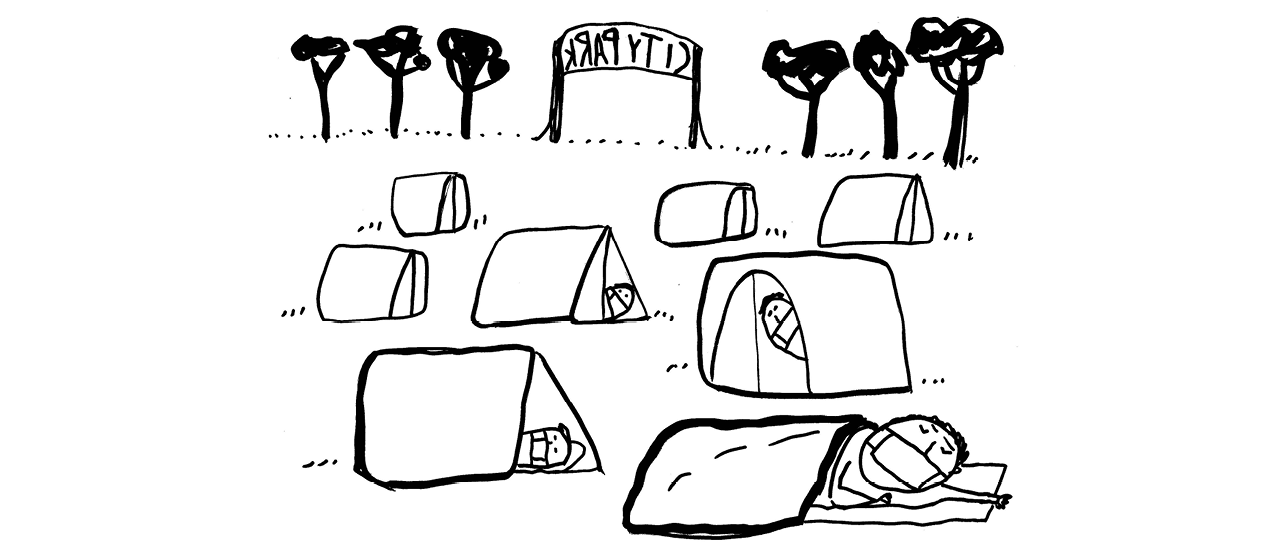
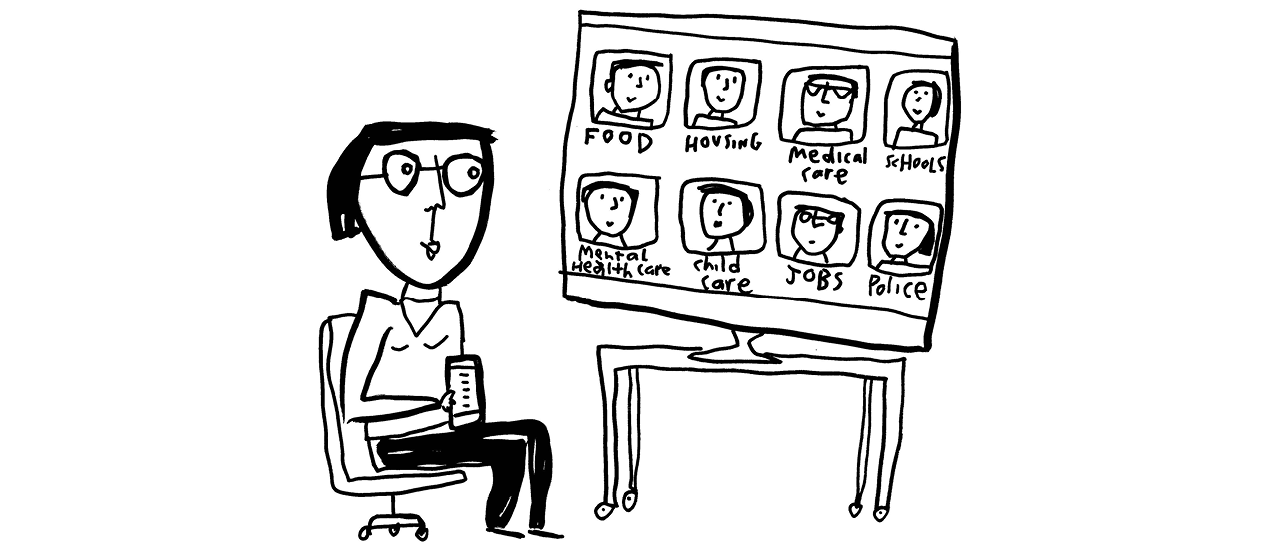

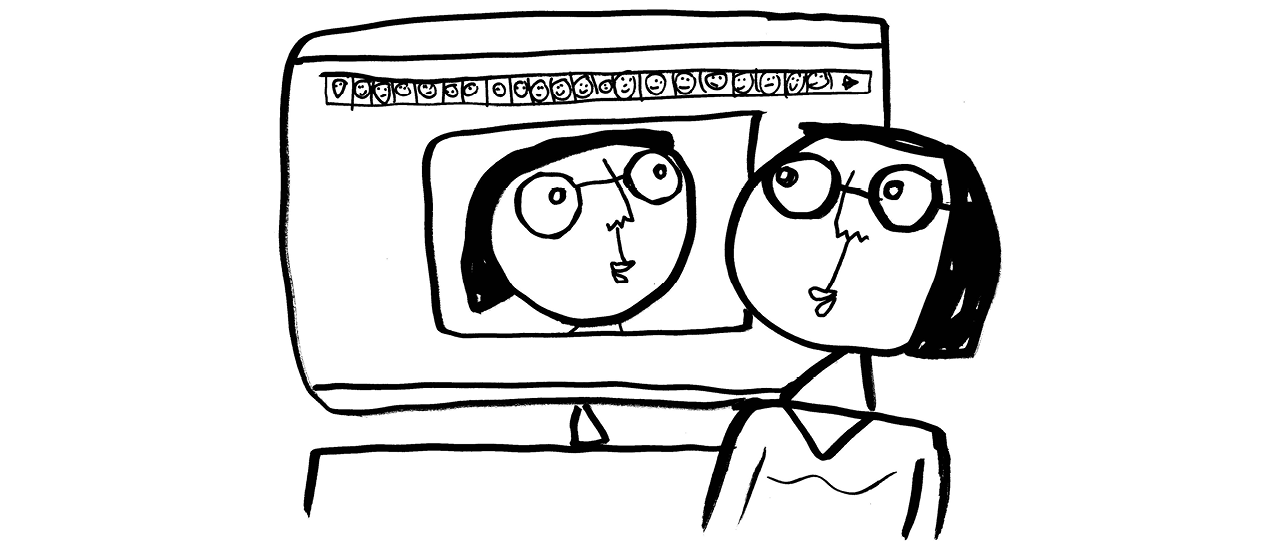

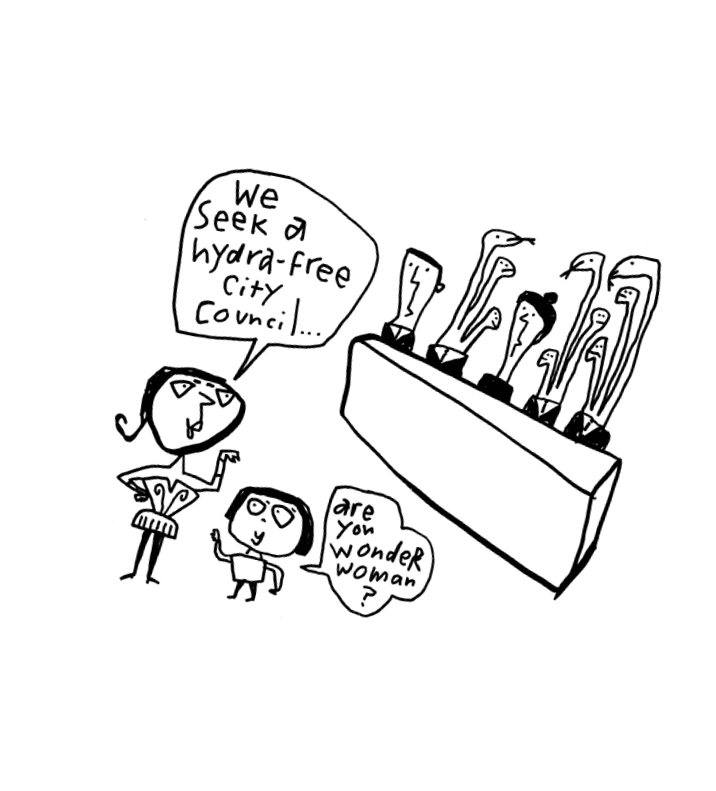


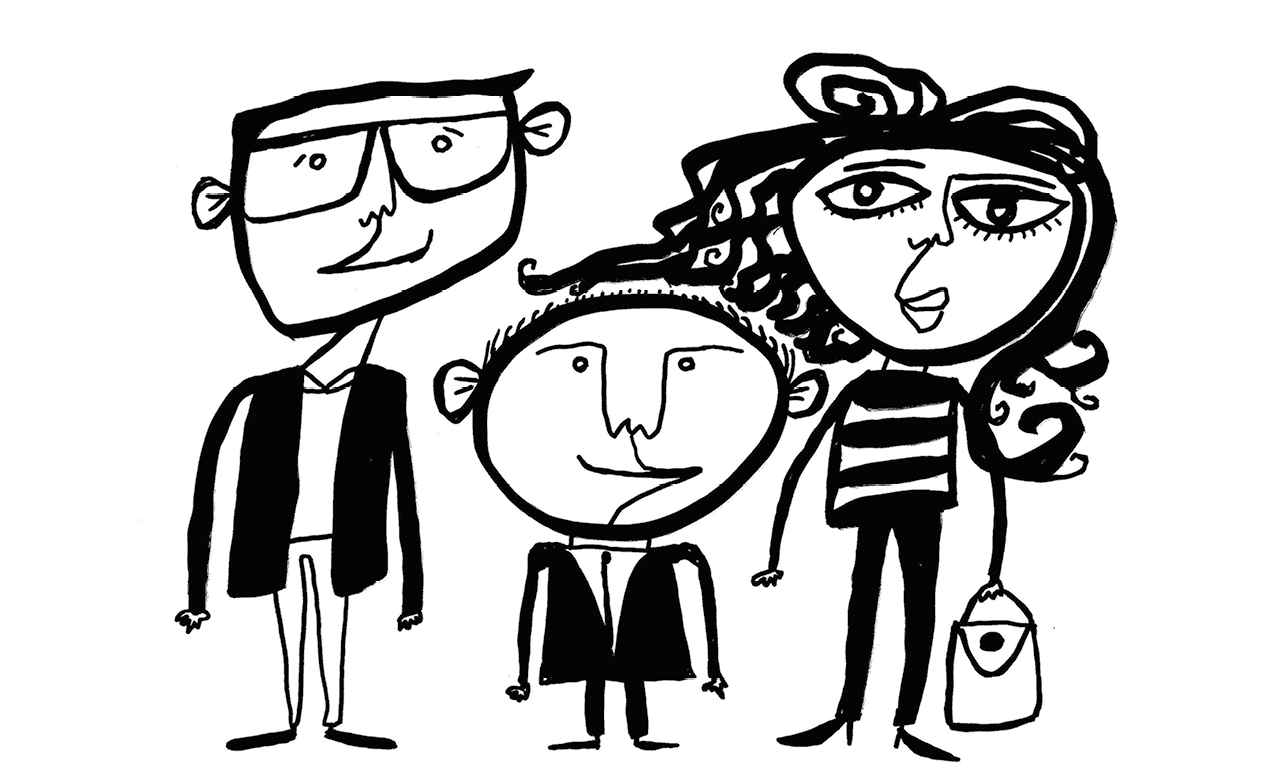

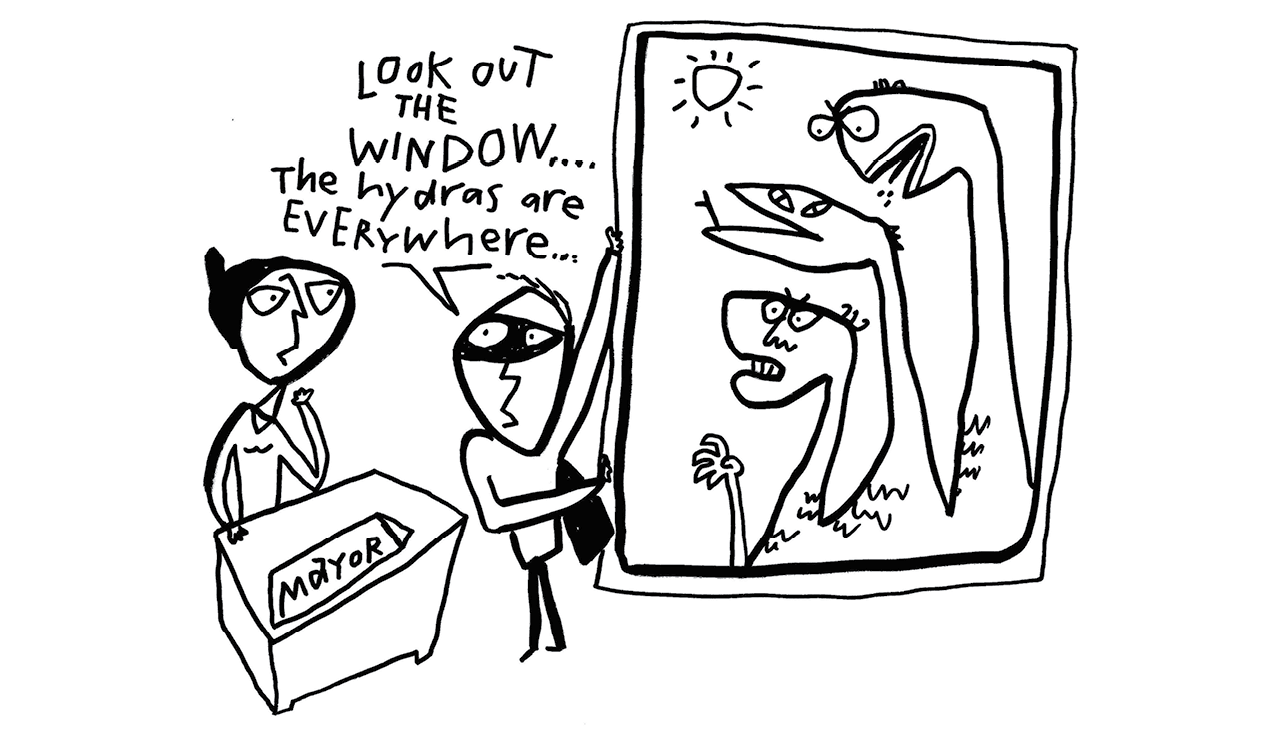
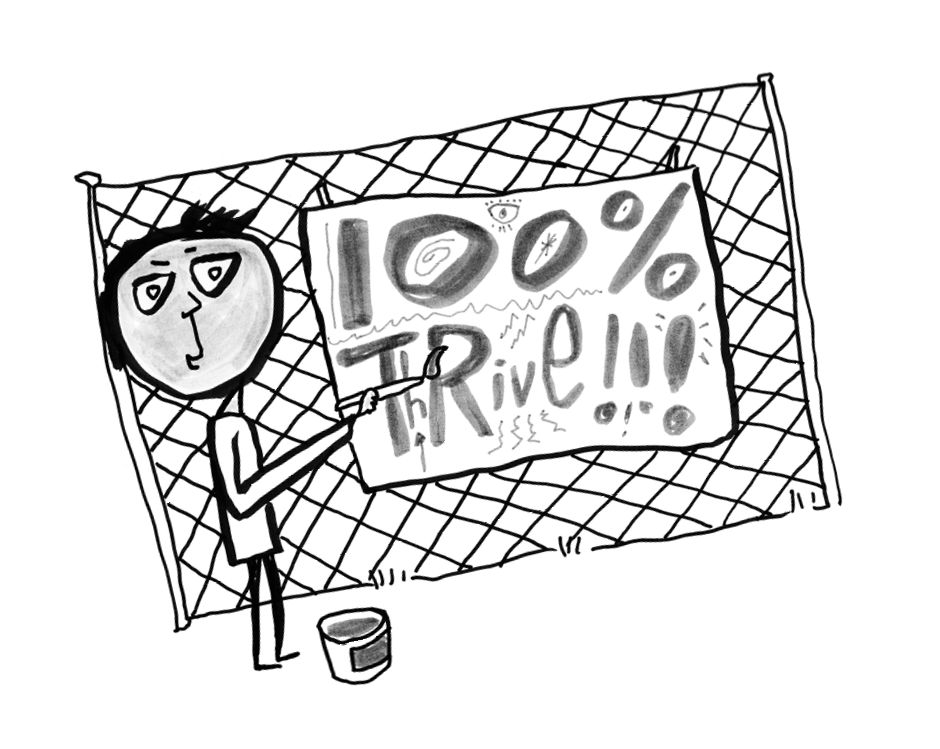







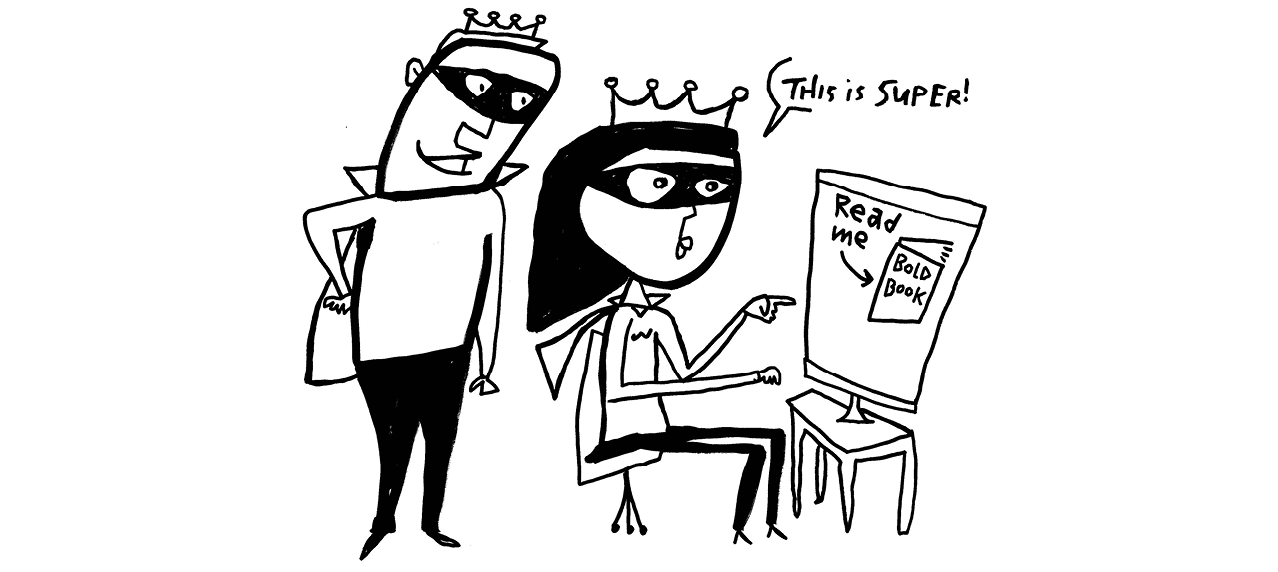





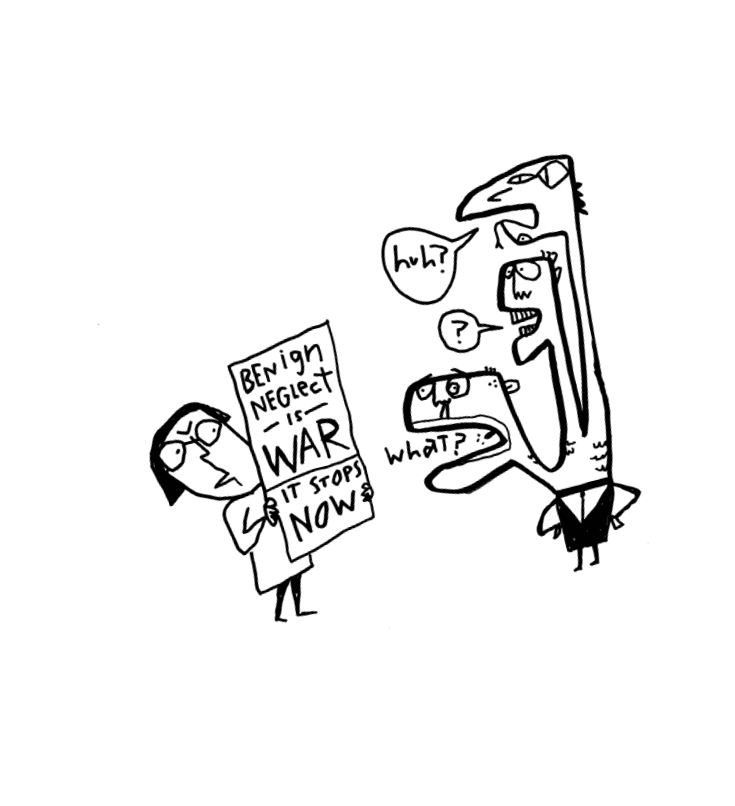






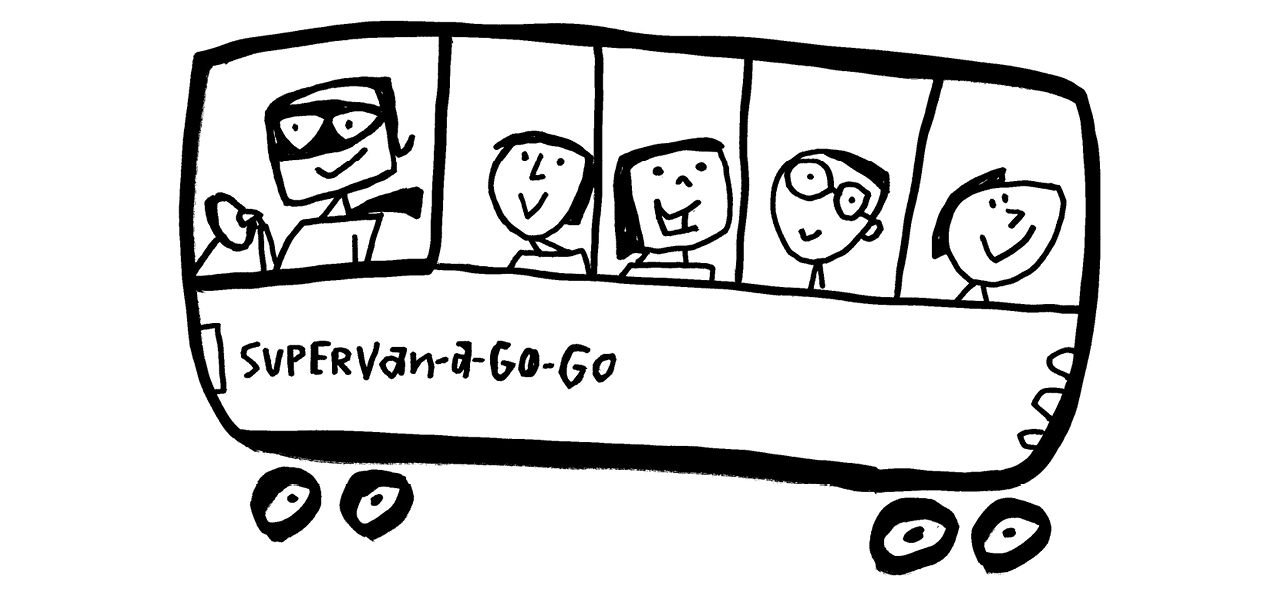
 Transportation
Transportation


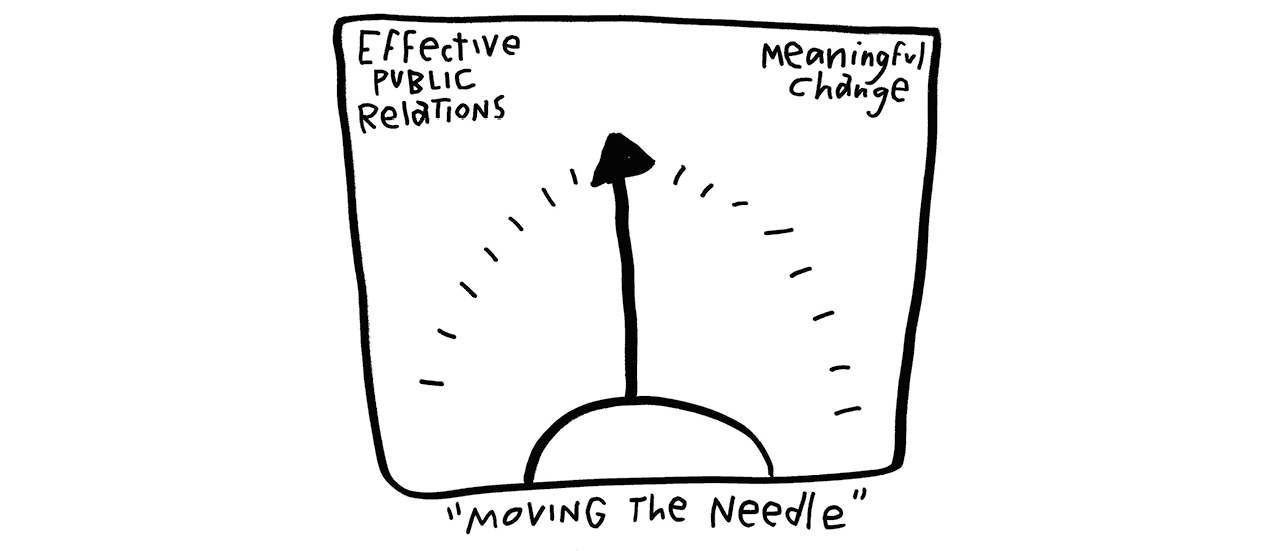



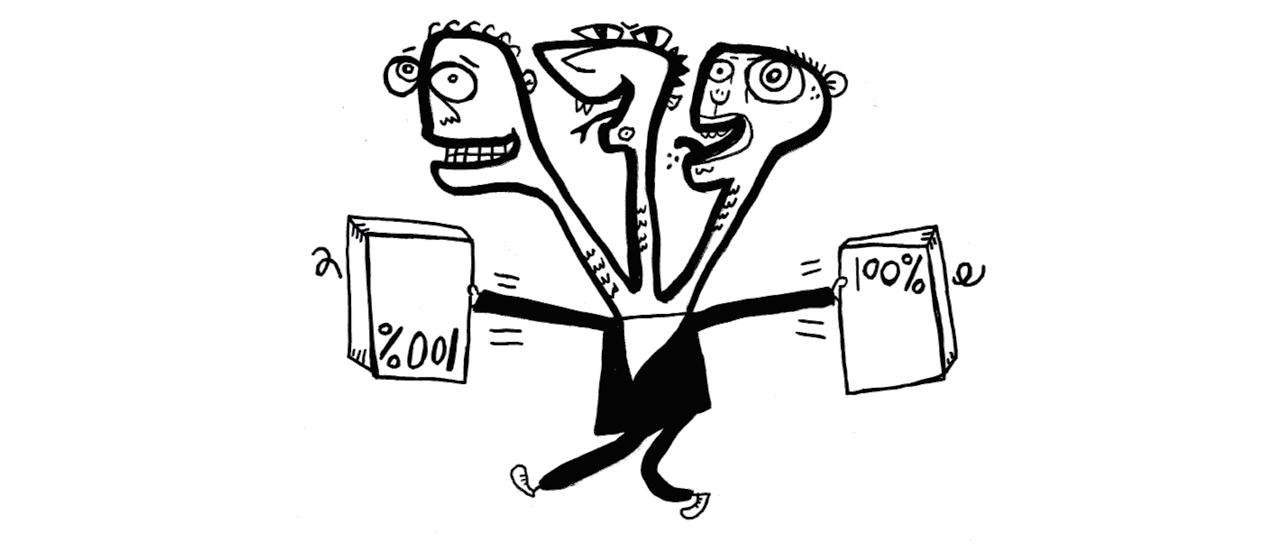





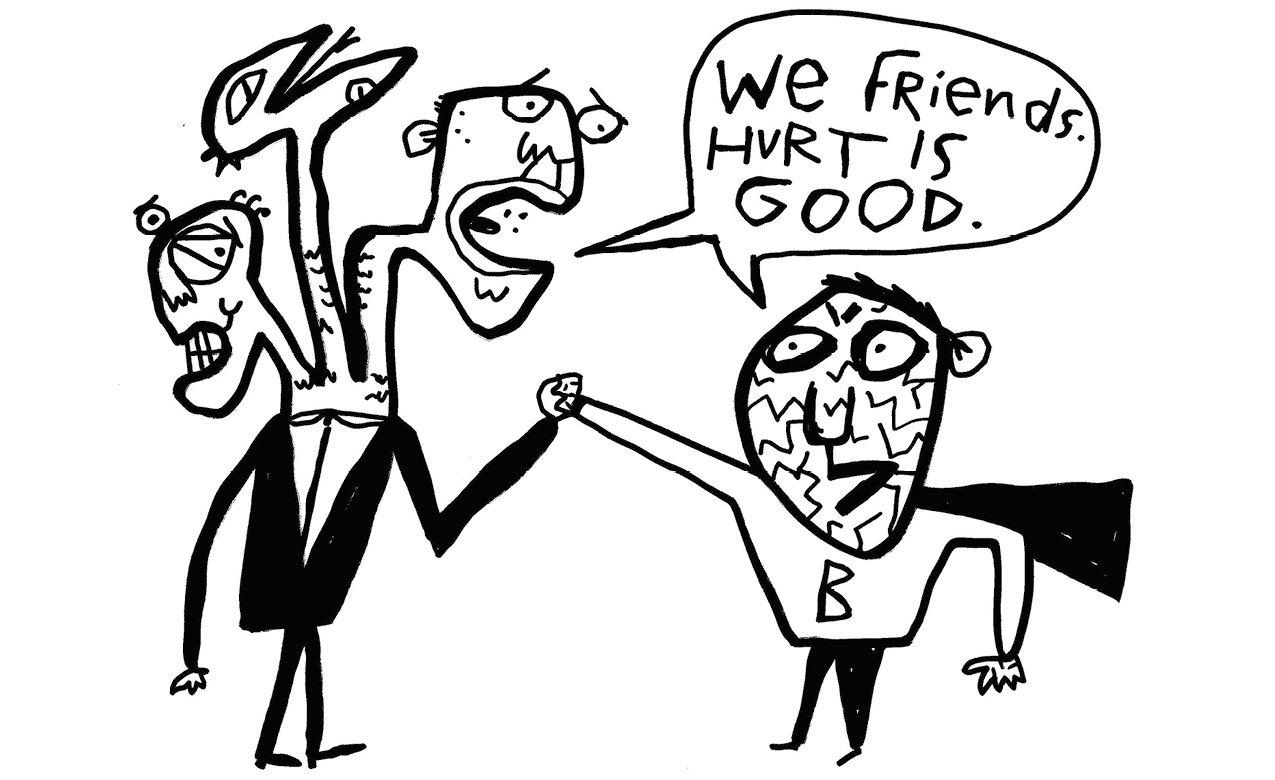
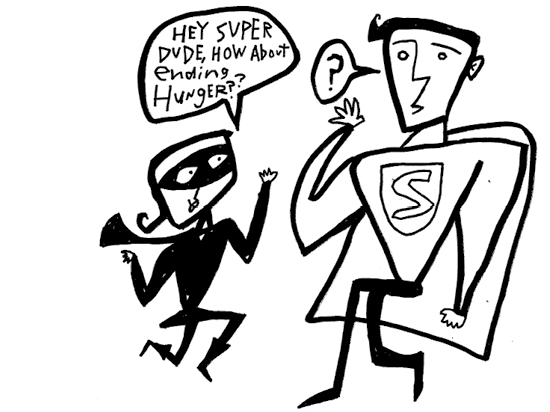



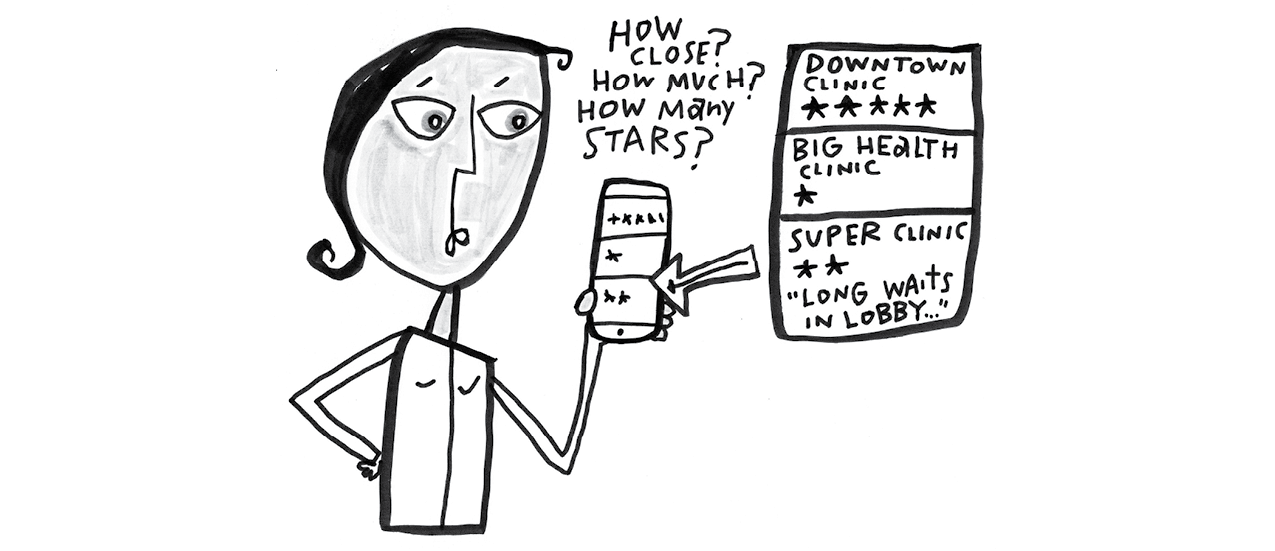
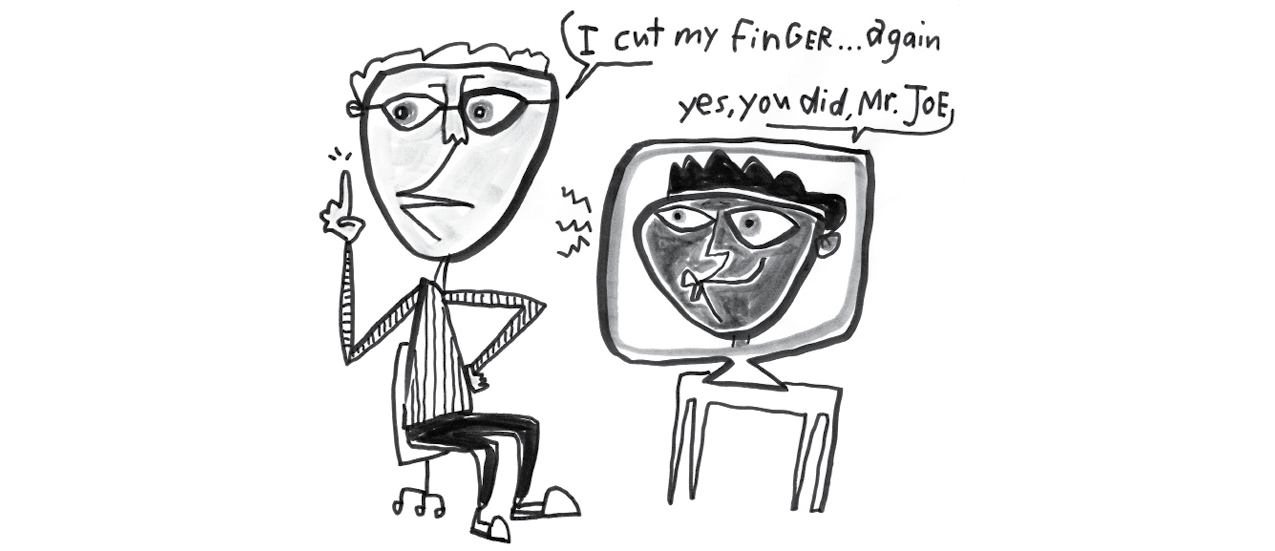
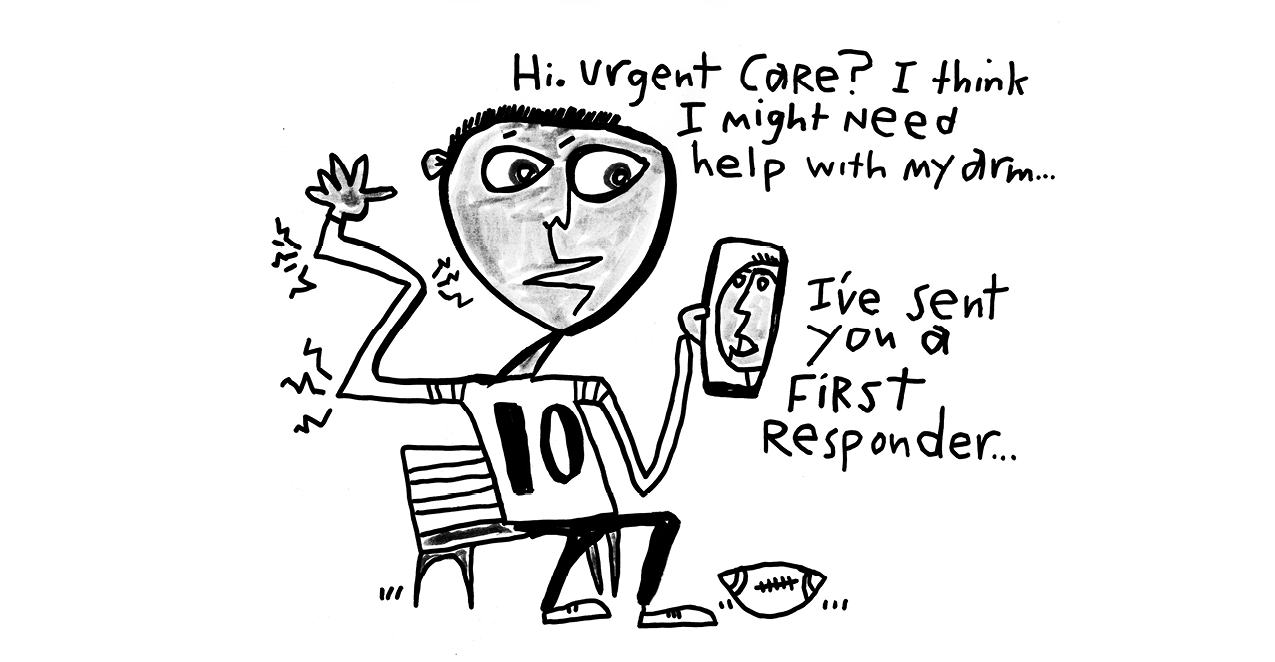







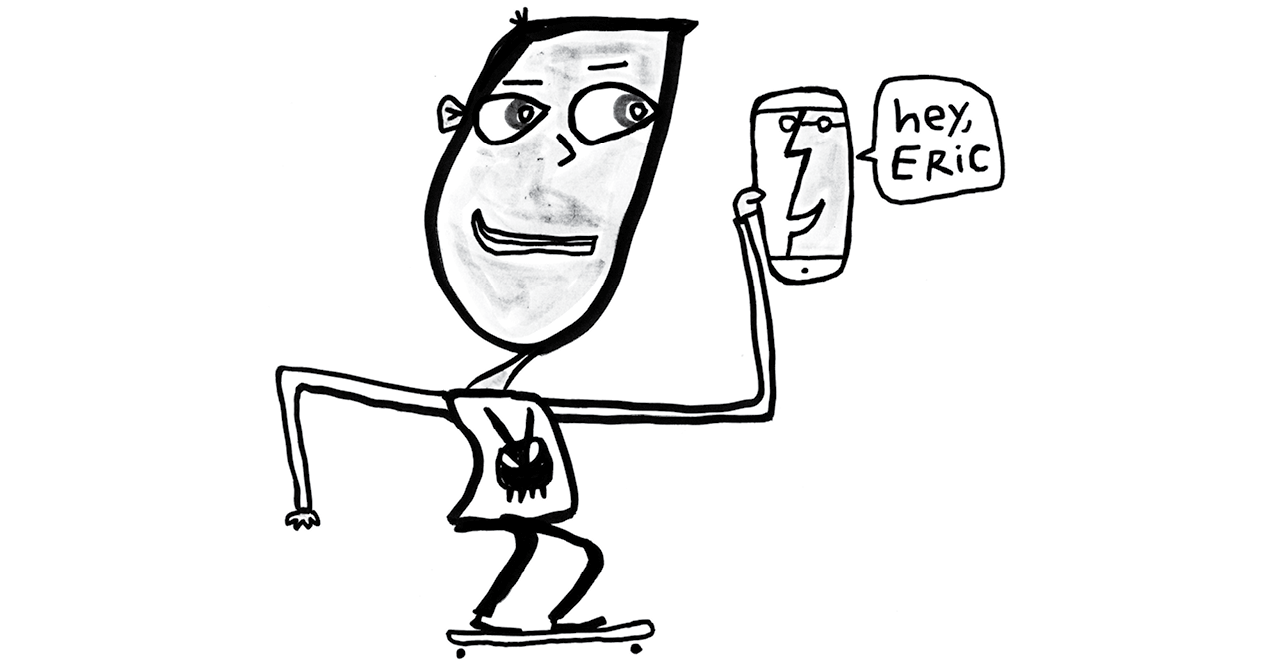
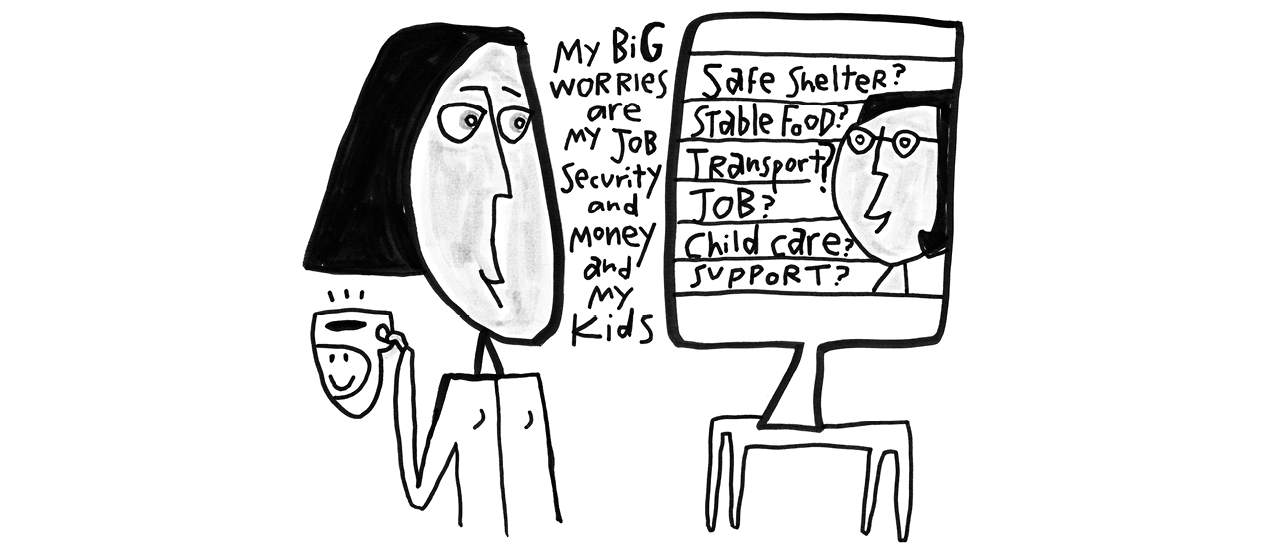
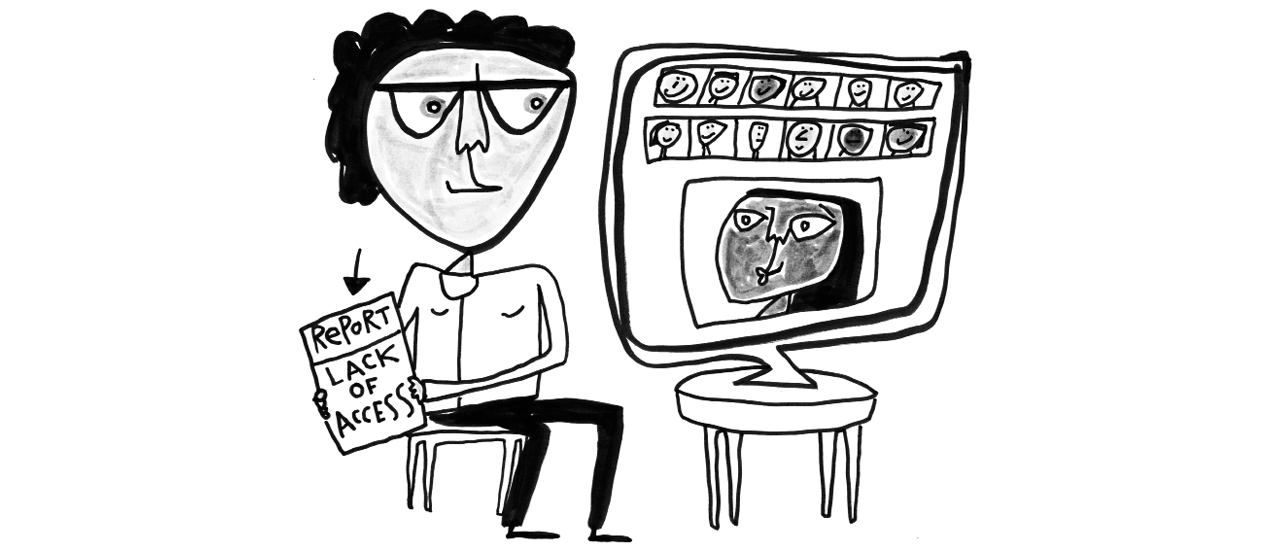

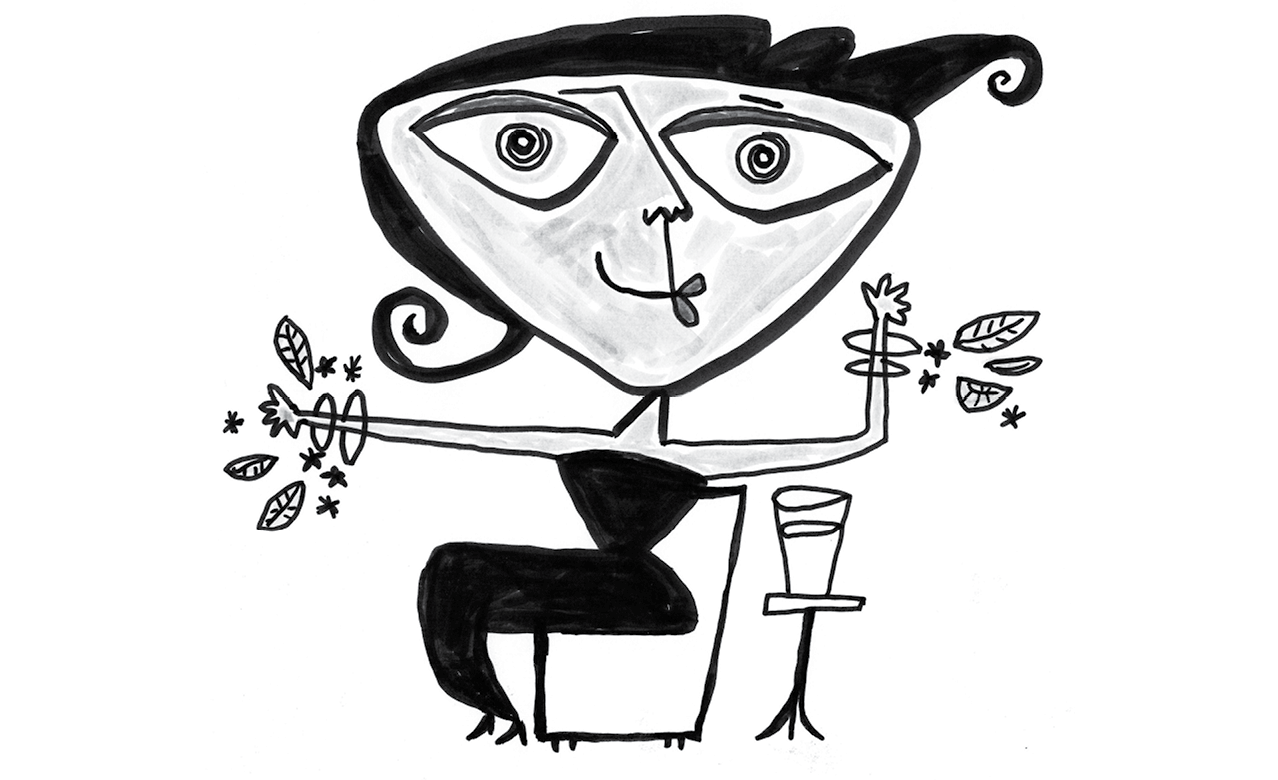


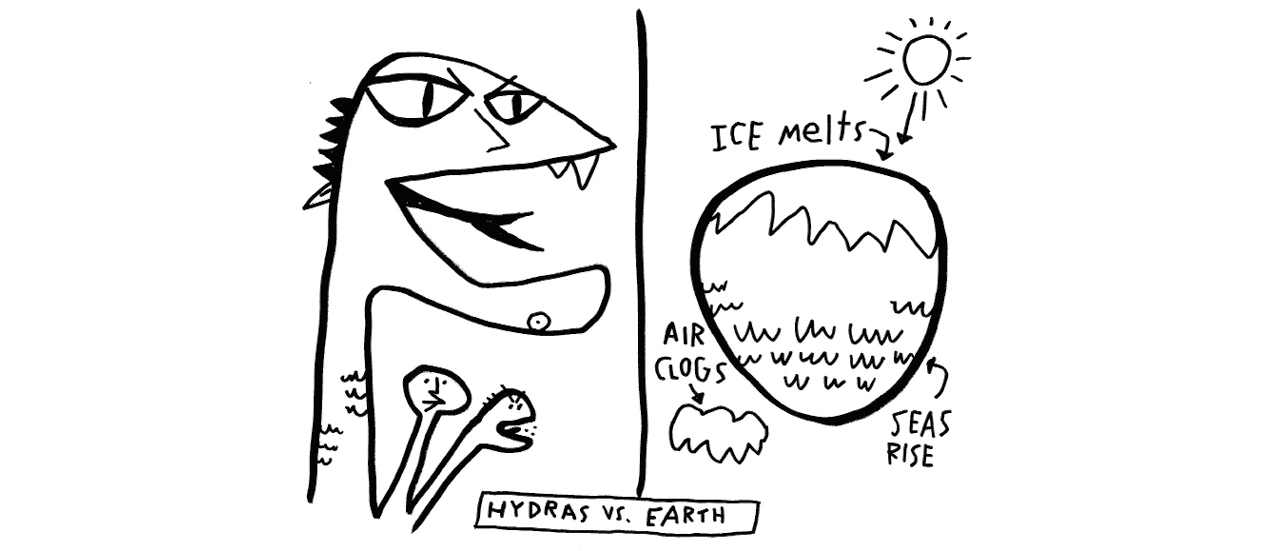







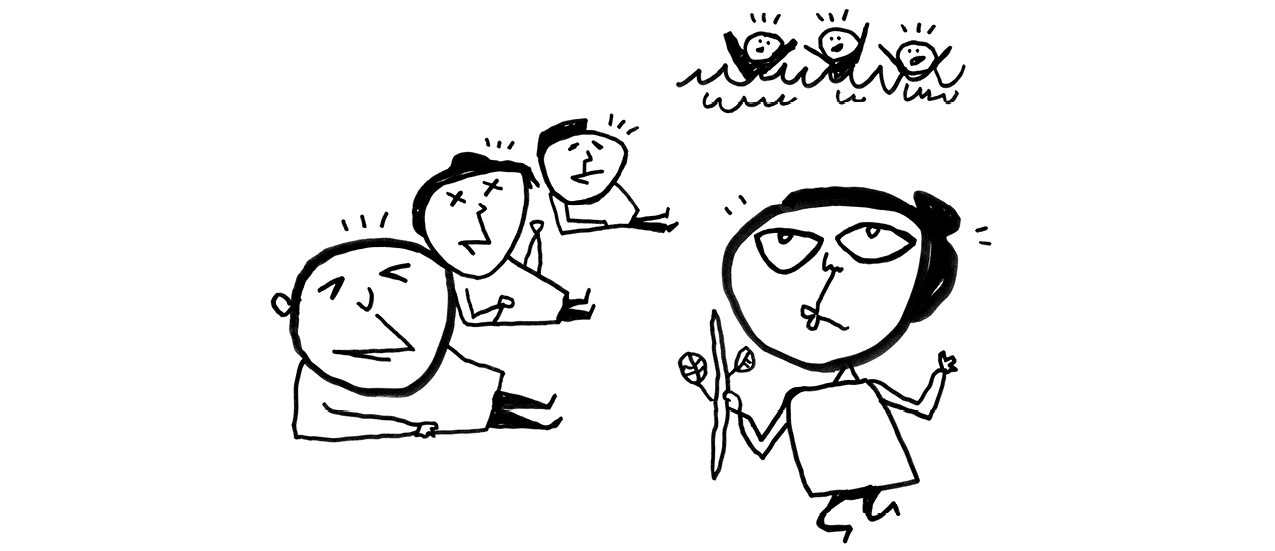

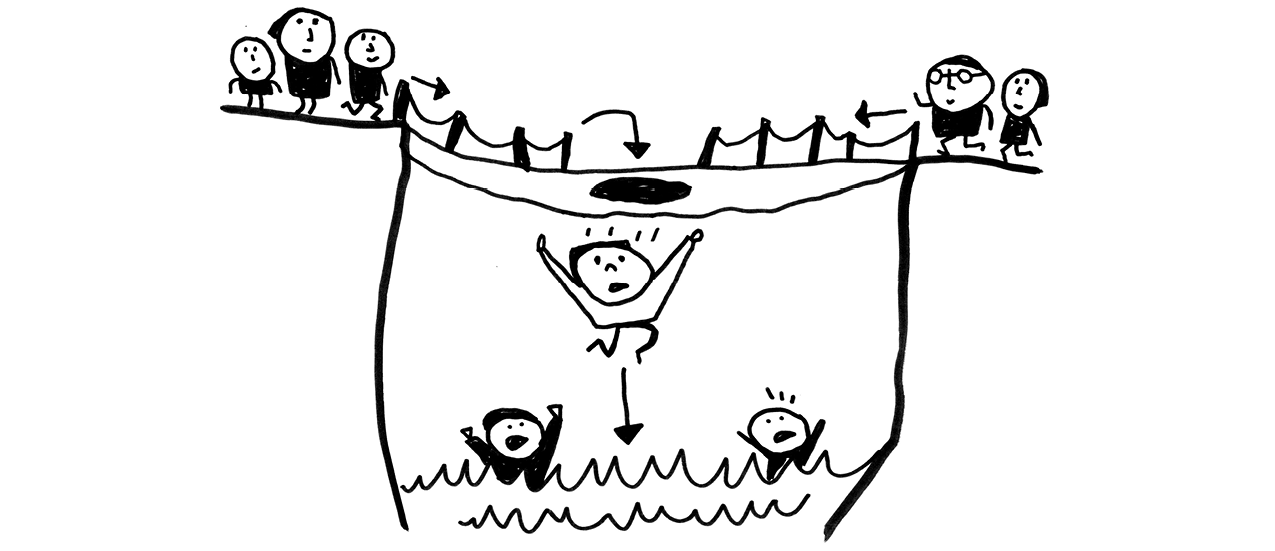
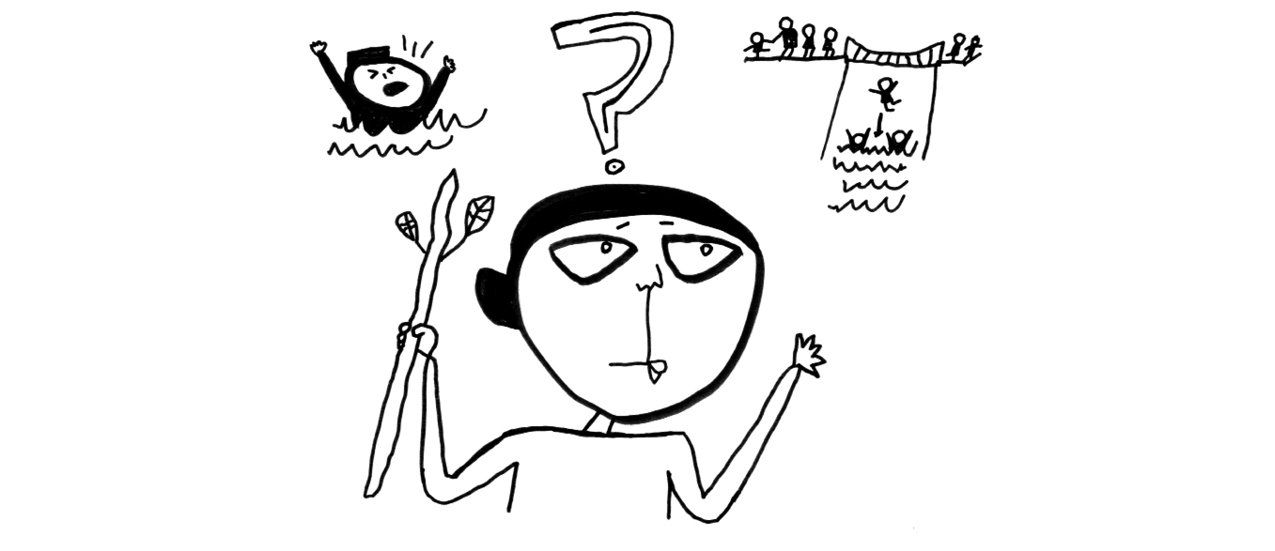













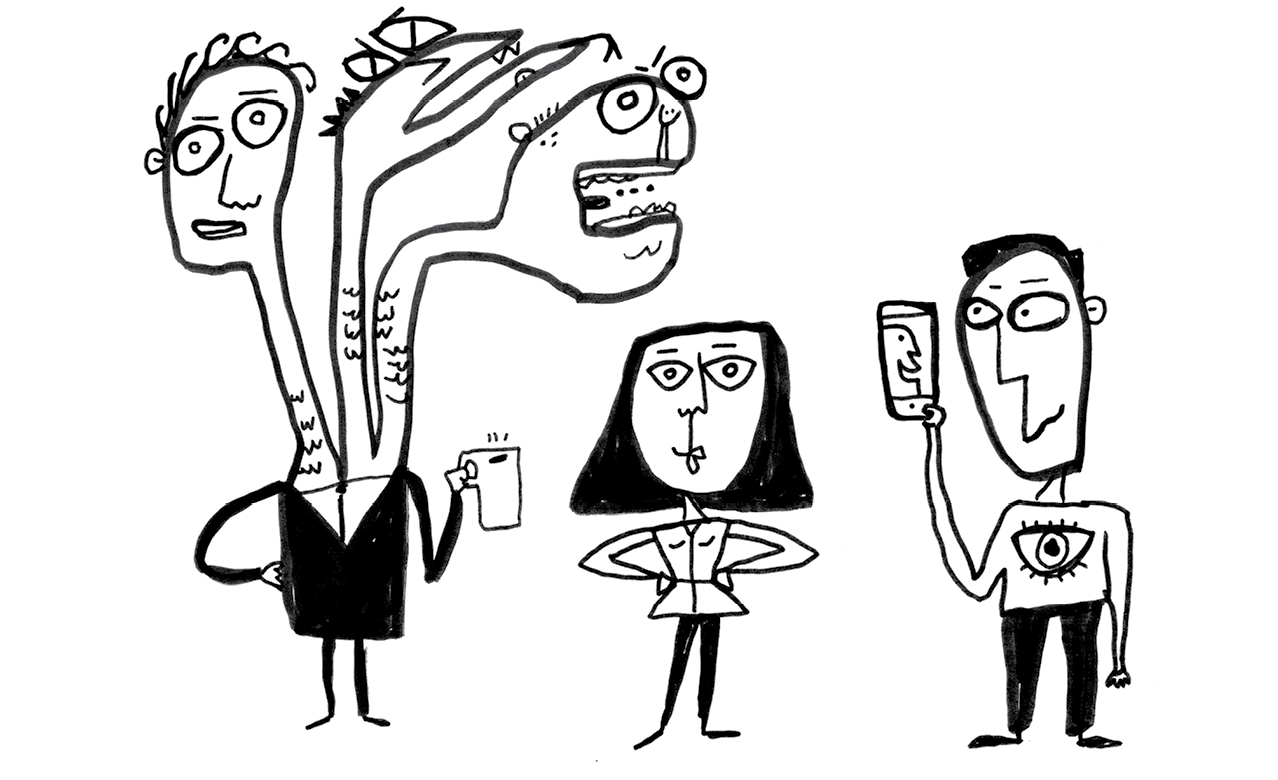





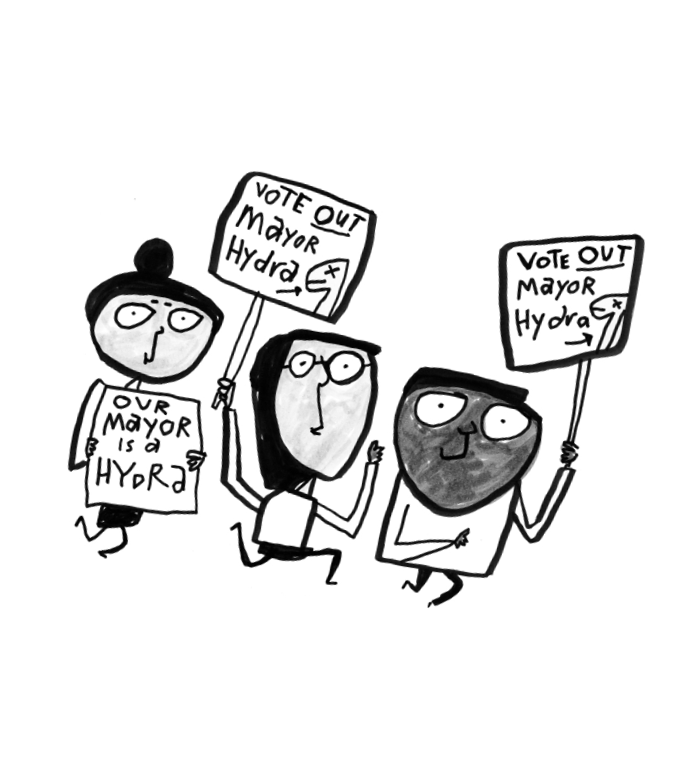
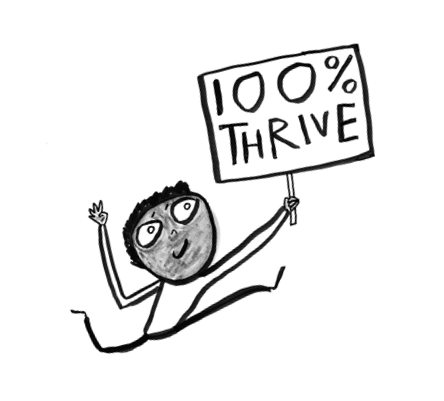






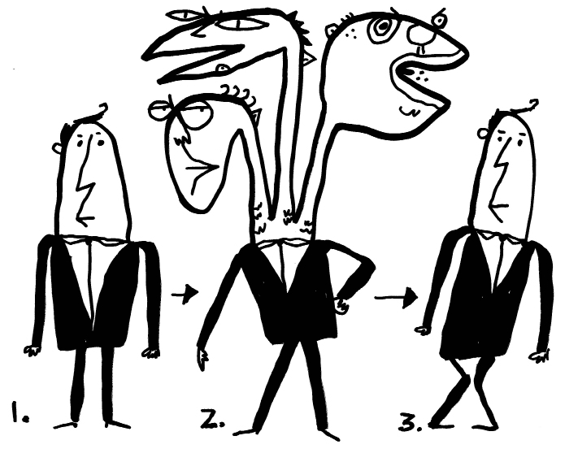


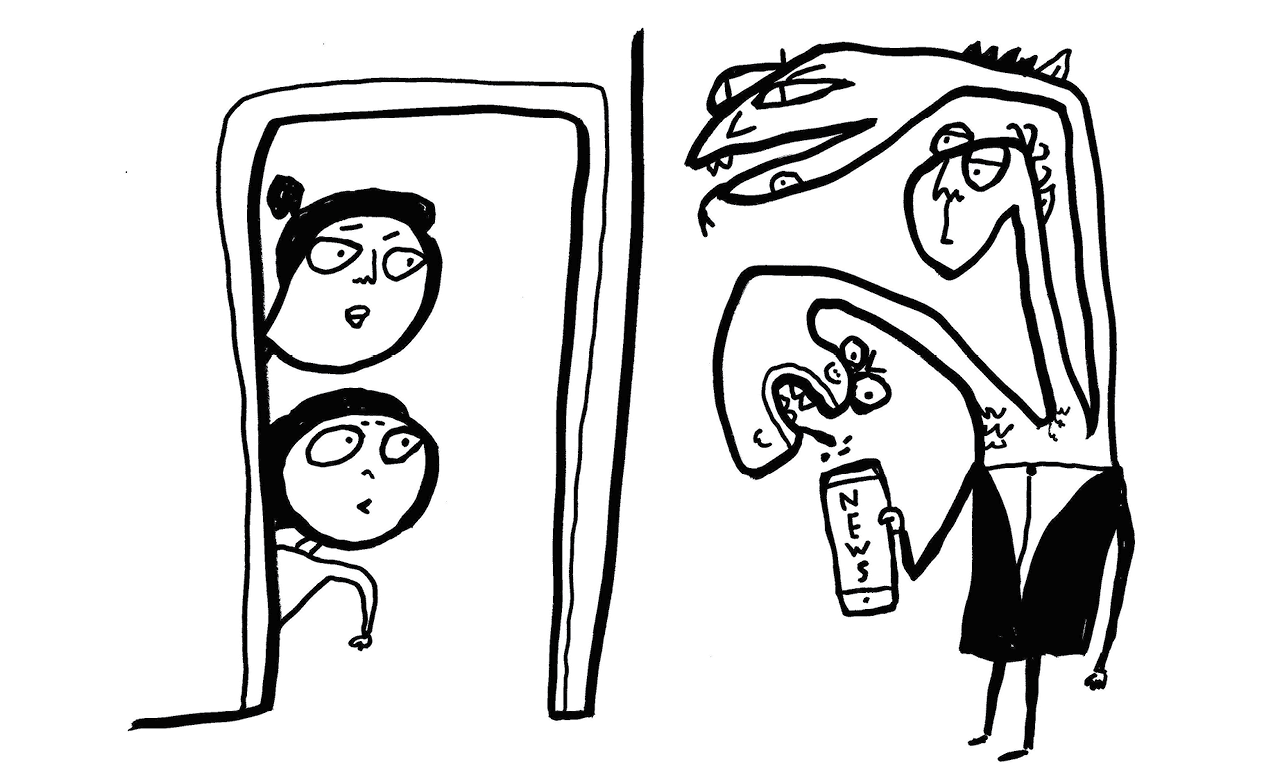




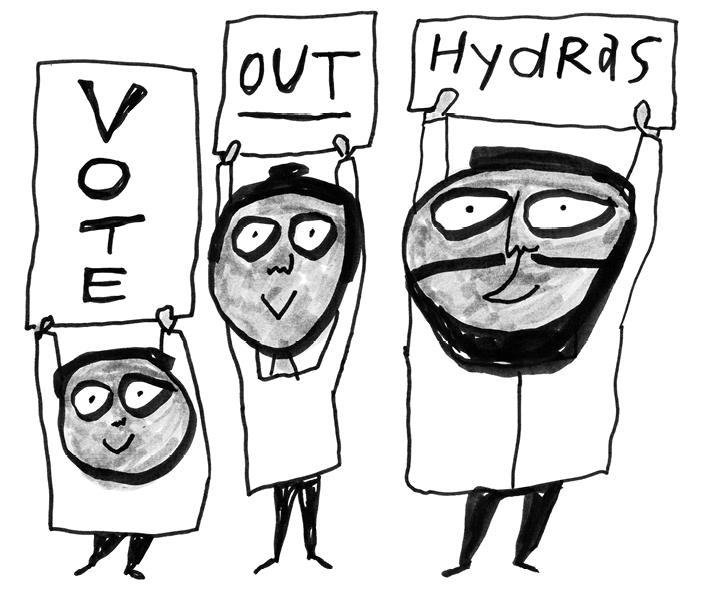
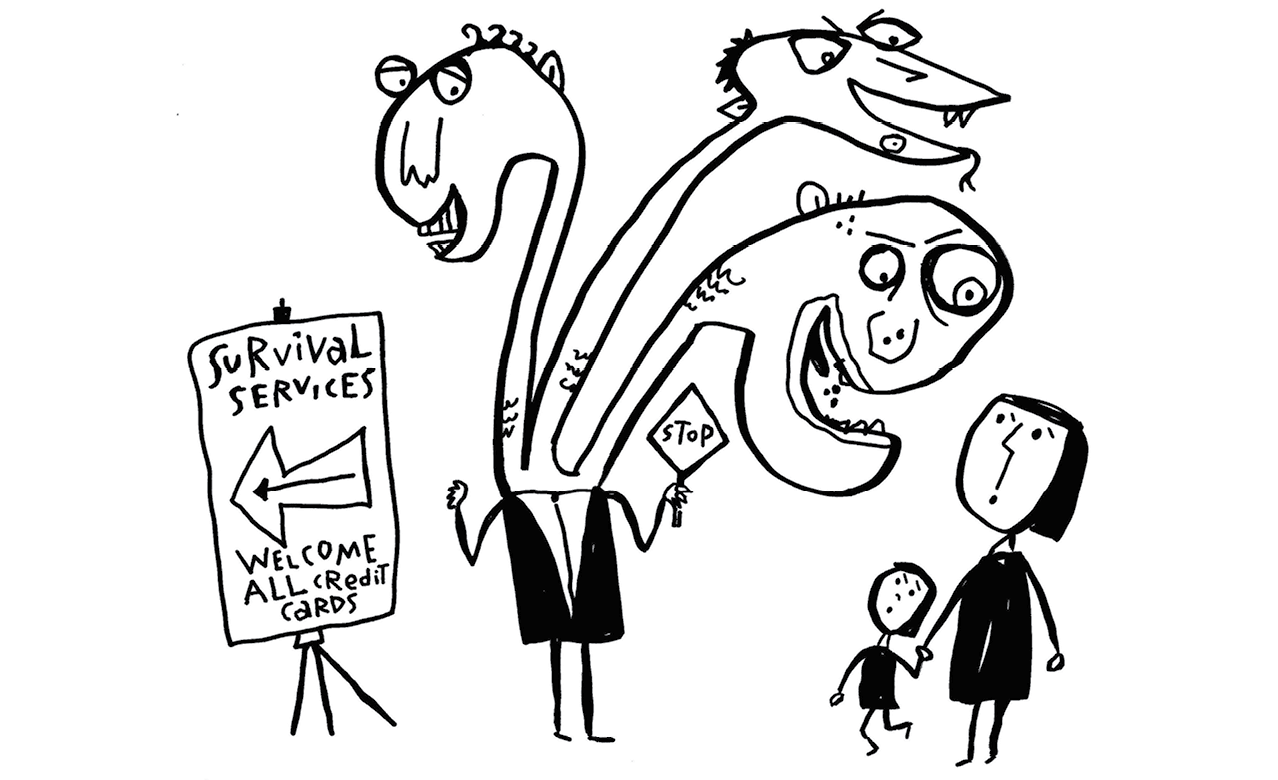




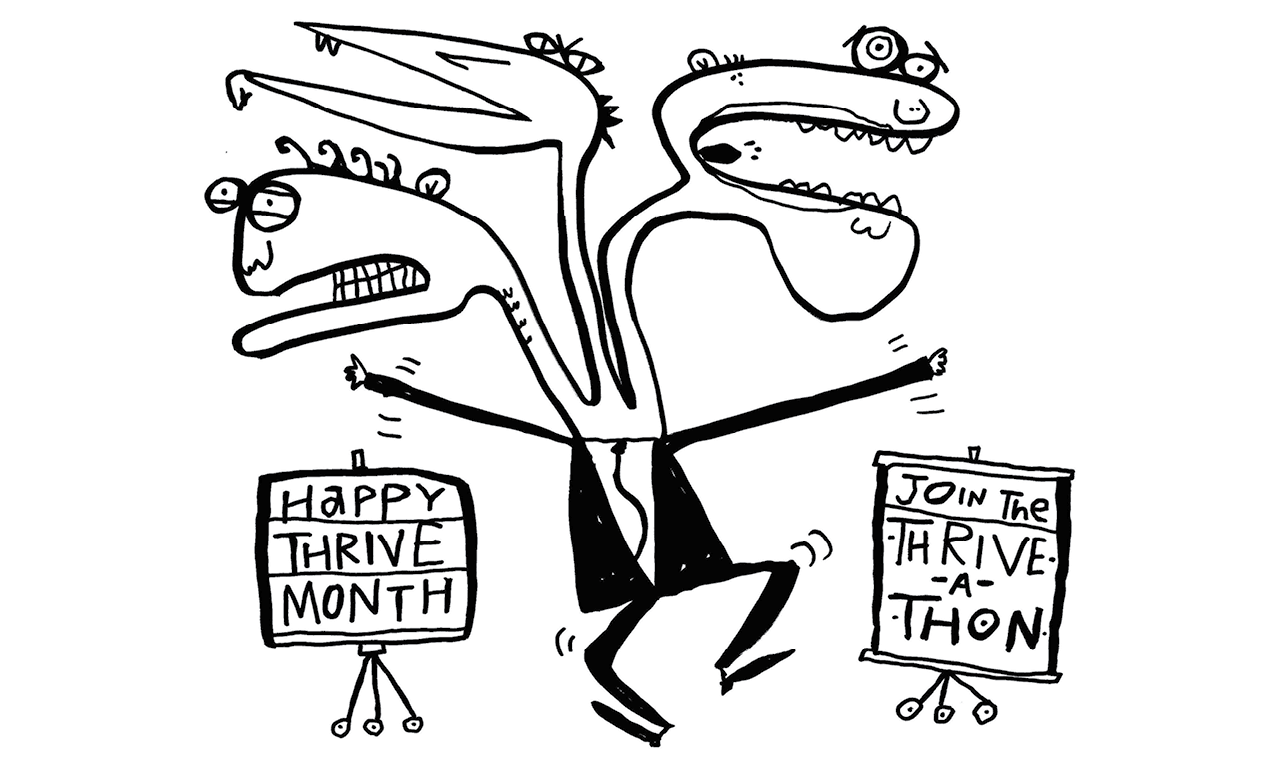



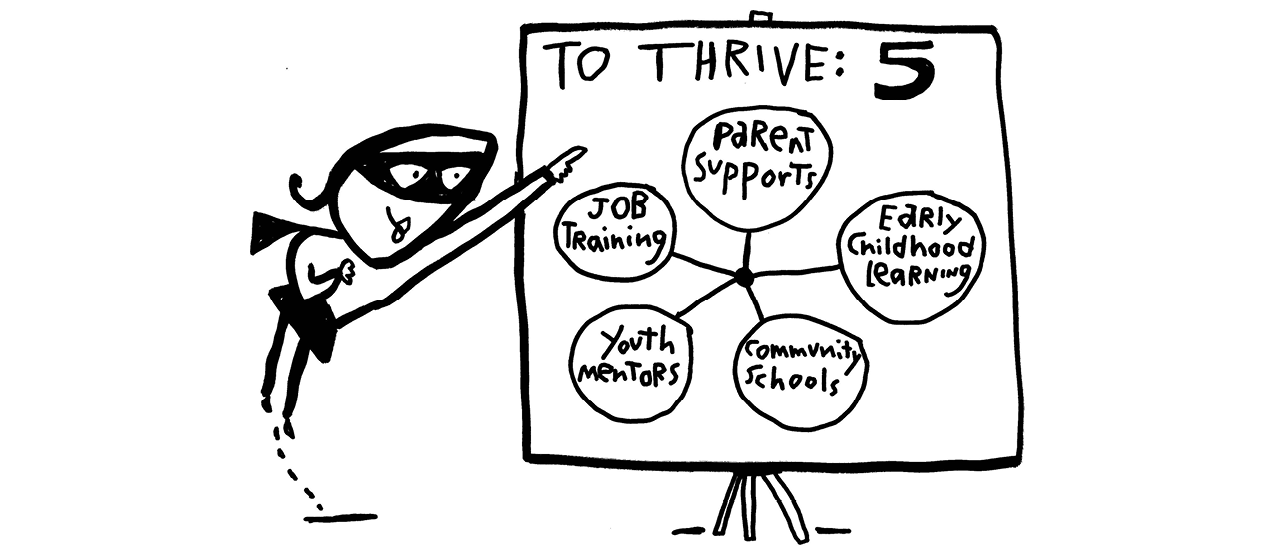
 With video conferencing solutions found on even the cheapest mobile devices, we may be able to grow parent support networks online. We must work with the private sector and foundations to ensure every parent has the tech and internet access to connect to vital parent support services. This is a top priority to ensure safe childhoods and empowered parents. The goal is ongoing enrichment and creating a community of caring support for every mom, dad and caregiving grandparent, aunt and uncle.
With video conferencing solutions found on even the cheapest mobile devices, we may be able to grow parent support networks online. We must work with the private sector and foundations to ensure every parent has the tech and internet access to connect to vital parent support services. This is a top priority to ensure safe childhoods and empowered parents. The goal is ongoing enrichment and creating a community of caring support for every mom, dad and caregiving grandparent, aunt and uncle.





 We should mention that there are those who would prefer you not think too deeply about what or who determines the health and safety of your neighbors or families on the other side of town. To defy the wishes of the three-headed hydras, read on.
We should mention that there are those who would prefer you not think too deeply about what or who determines the health and safety of your neighbors or families on the other side of town. To defy the wishes of the three-headed hydras, read on.





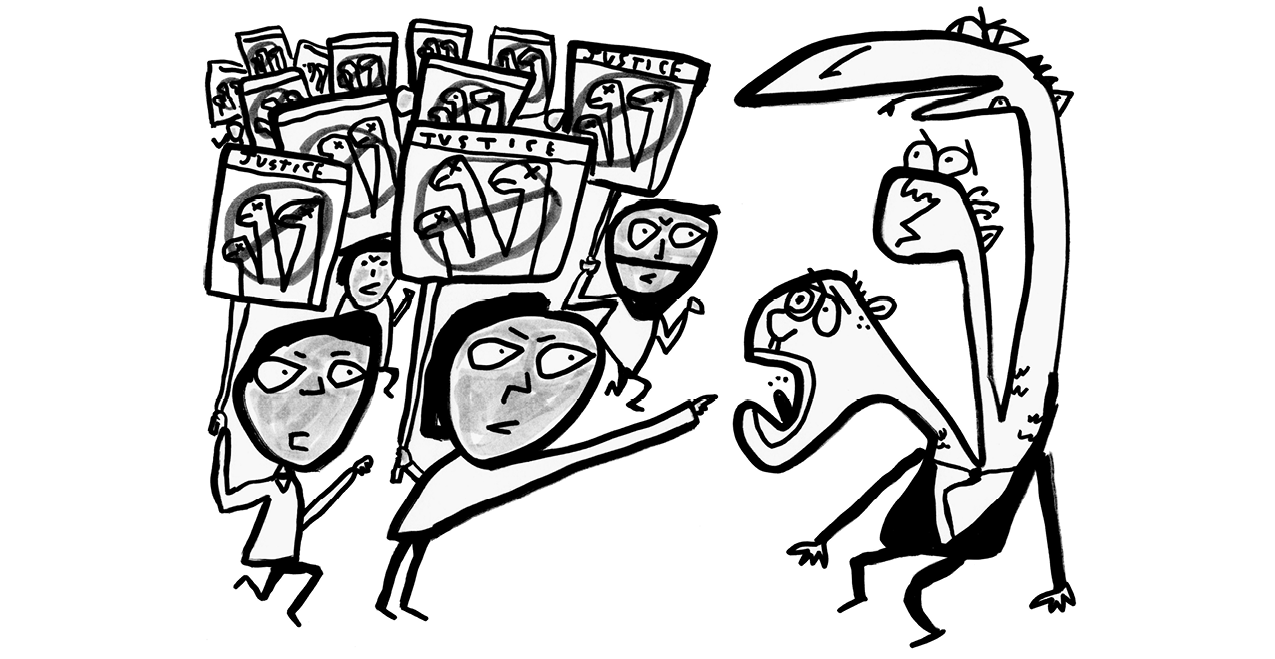
 Reflecting
Reflecting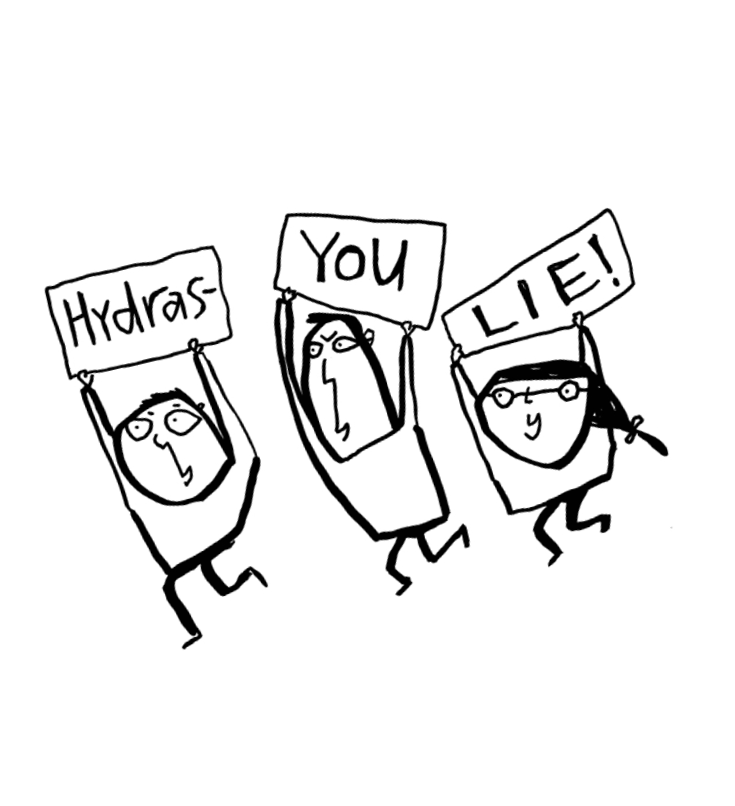




 Children with a history of abuse or neglect may find it difficult to attach emotionally to others. There is a great deal of research demonstrating that traumatic childhoods impact brain functioning in very real ways. This can impact their chance at a healthy and successful life. Like any other wound, leaving the business of healing to the passage of time only works in the least serious of situations.
Children with a history of abuse or neglect may find it difficult to attach emotionally to others. There is a great deal of research demonstrating that traumatic childhoods impact brain functioning in very real ways. This can impact their chance at a healthy and successful life. Like any other wound, leaving the business of healing to the passage of time only works in the least serious of situations.

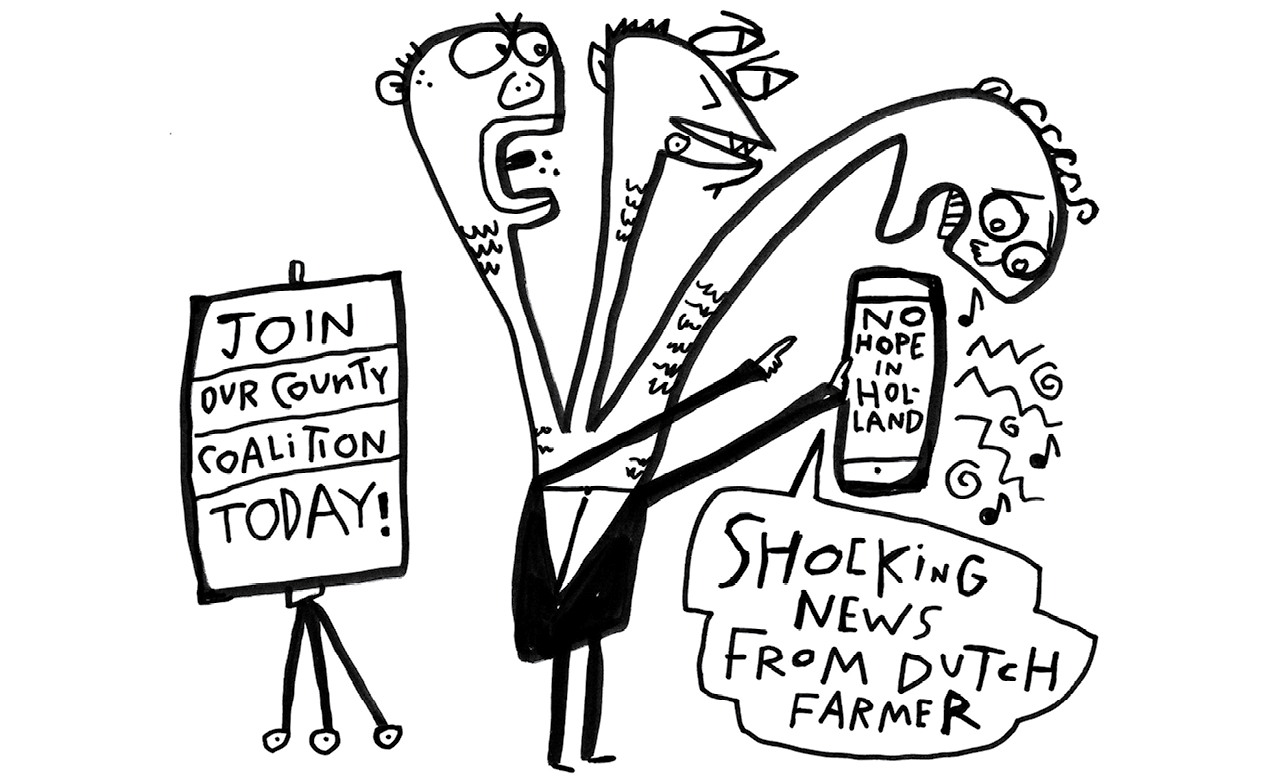




 At 1%, that would give this collaborative city/county initiative a budget of $500,000. For that investment, we get what’s called a countywide process to ensure that 100% of residents have access to ten vital services using continuous quality improvement in four phases (a model used to make businesses successful):
At 1%, that would give this collaborative city/county initiative a budget of $500,000. For that investment, we get what’s called a countywide process to ensure that 100% of residents have access to ten vital services using continuous quality improvement in four phases (a model used to make businesses successful):







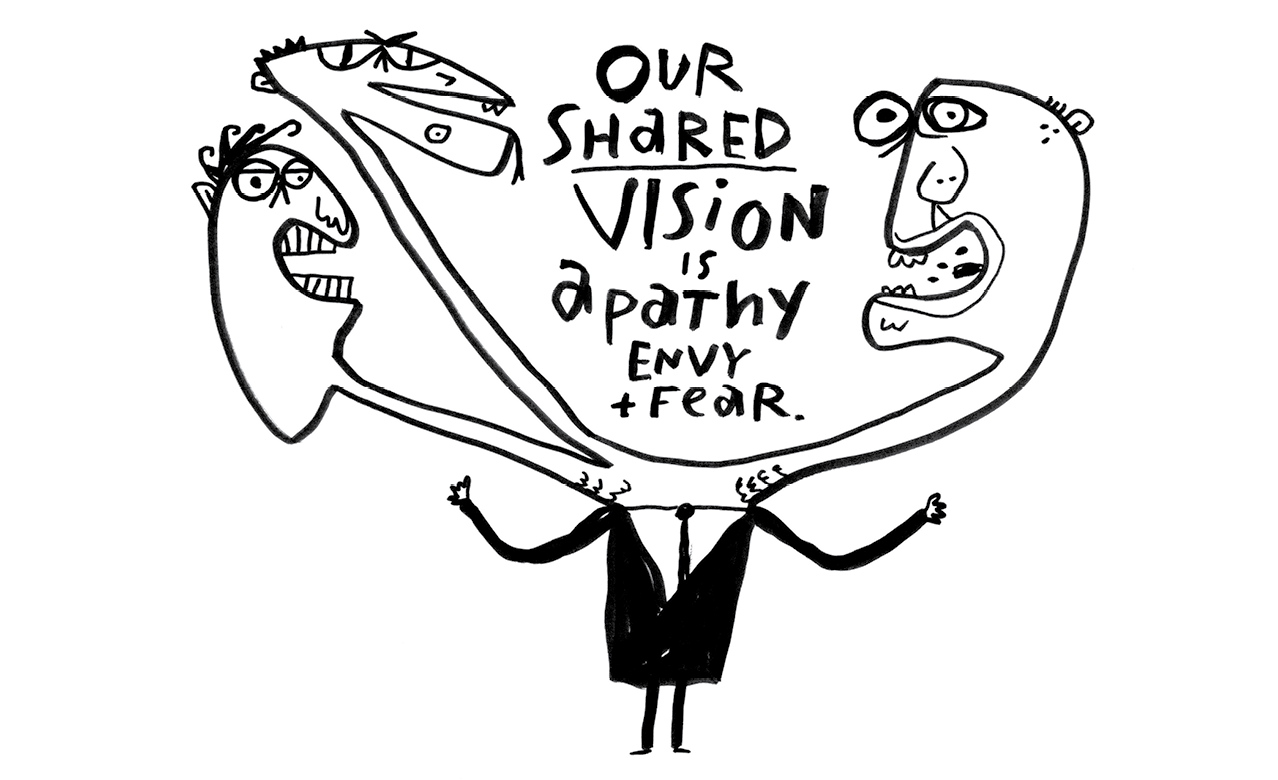


 Defining Collective Impact: a strategy for change
Defining Collective Impact: a strategy for change
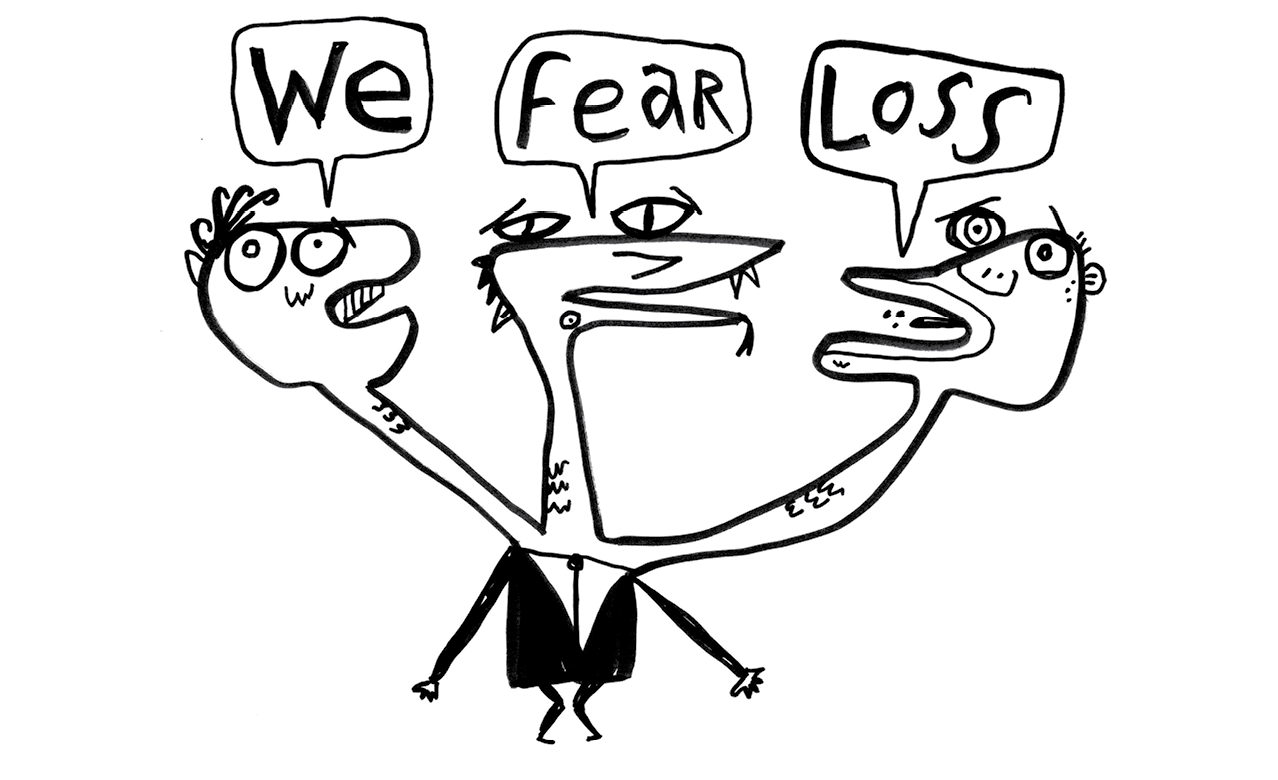



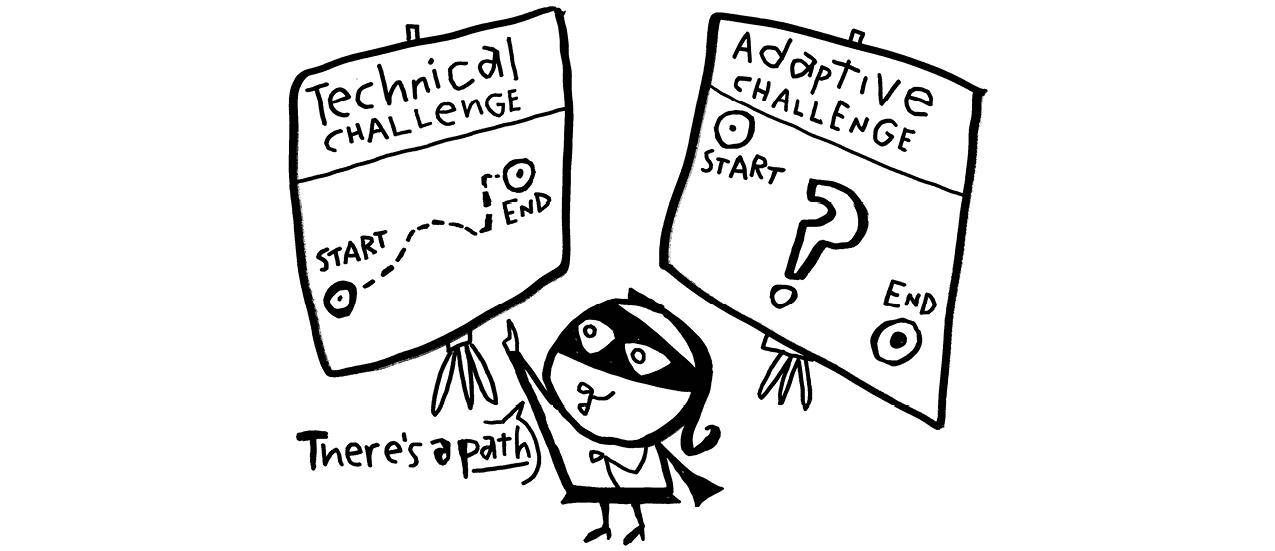
 See Dennis in trouble
See Dennis in trouble
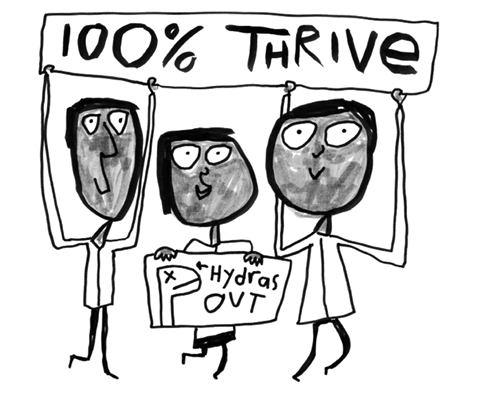










 Good news first
Good news first
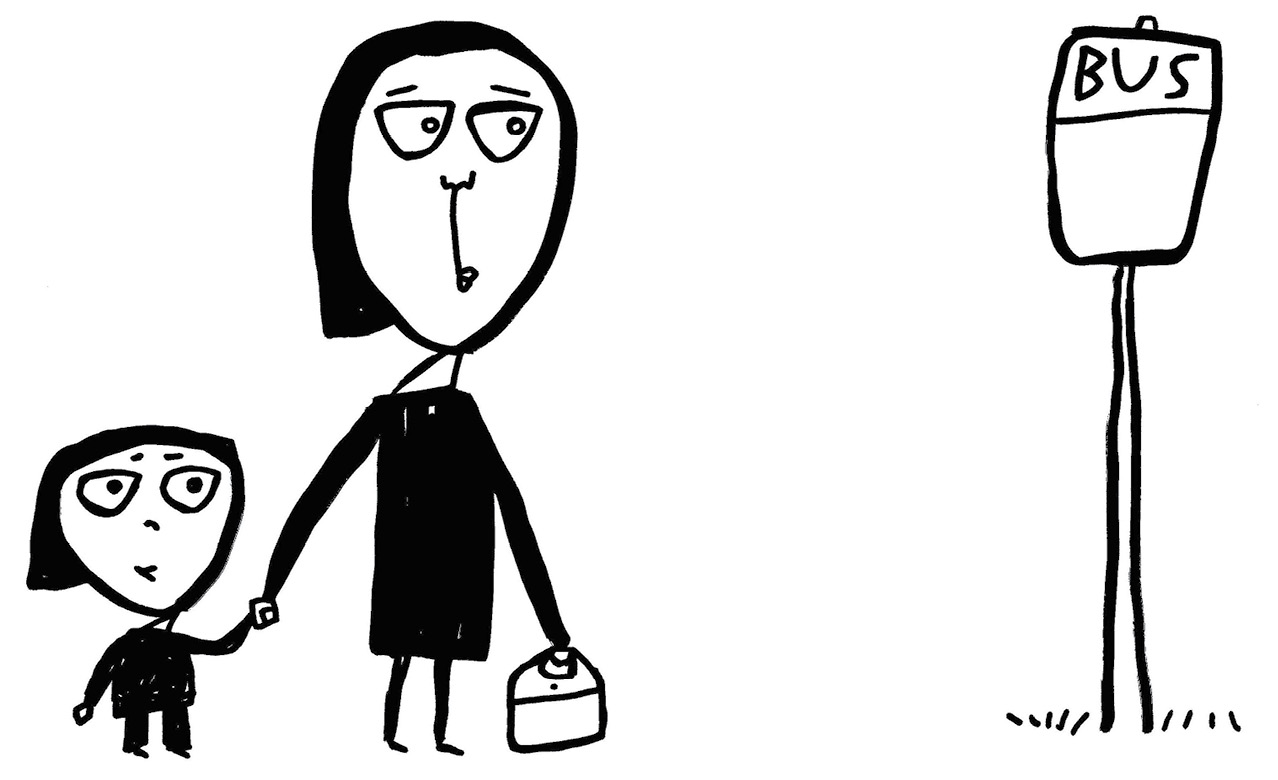



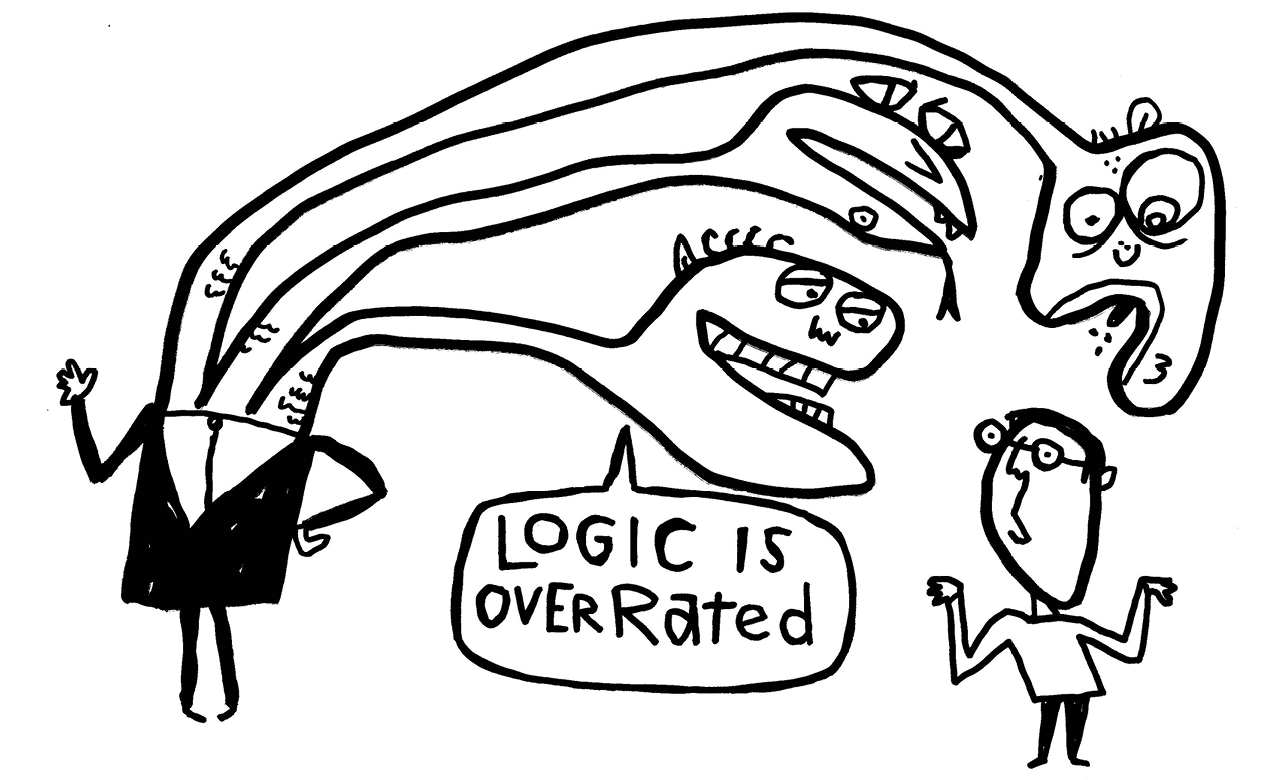

 Hypothesis
Hypothesis

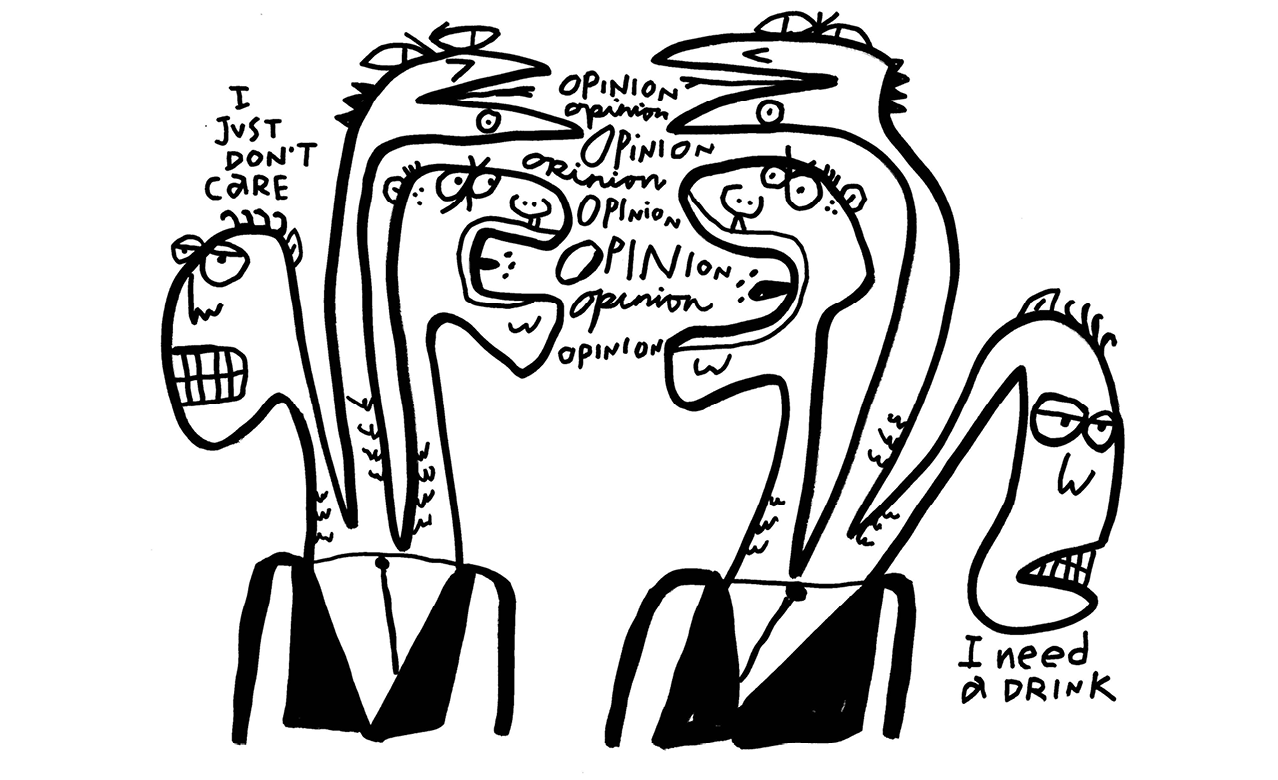
 Evidence requires data
Evidence requires data





 Huge potential (if used for good and not evil)
Huge potential (if used for good and not evil)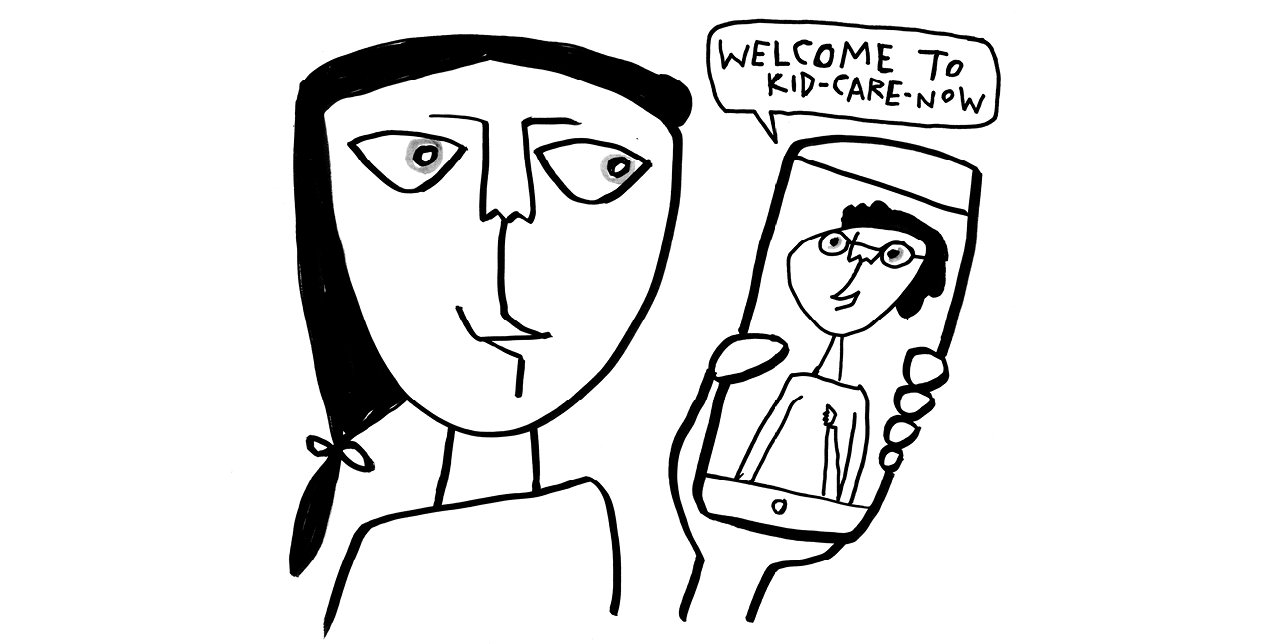 How tech can work for you
How tech can work for you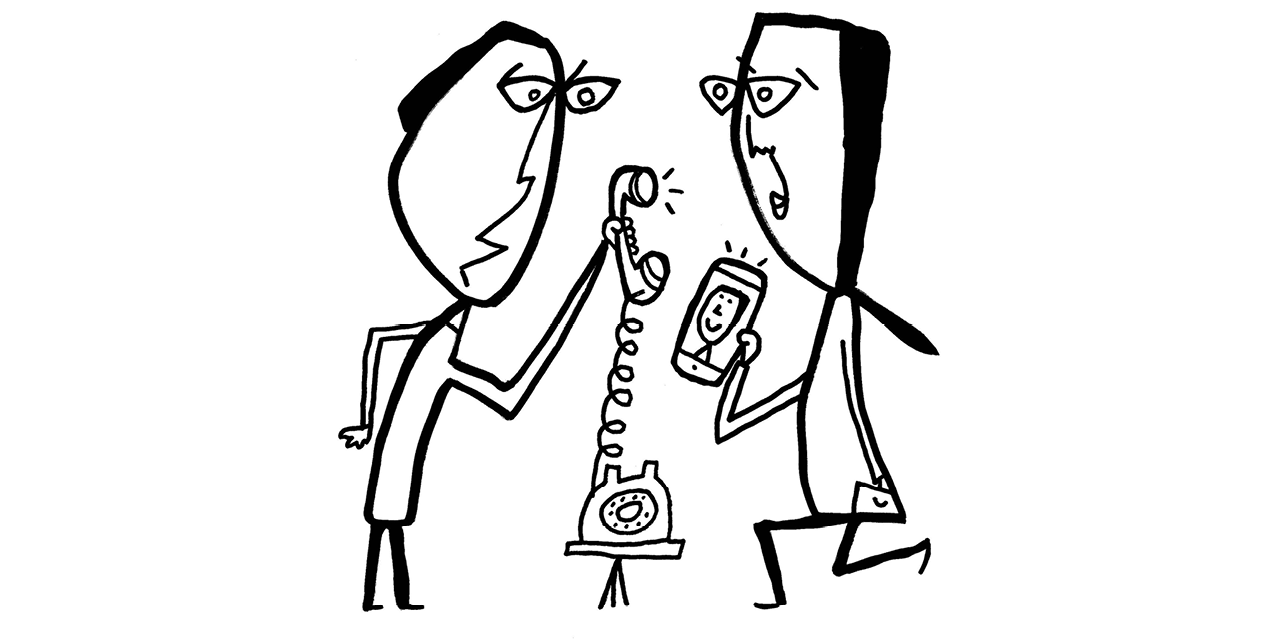 Tech + Caring Humans = Progress
Tech + Caring Humans = Progress


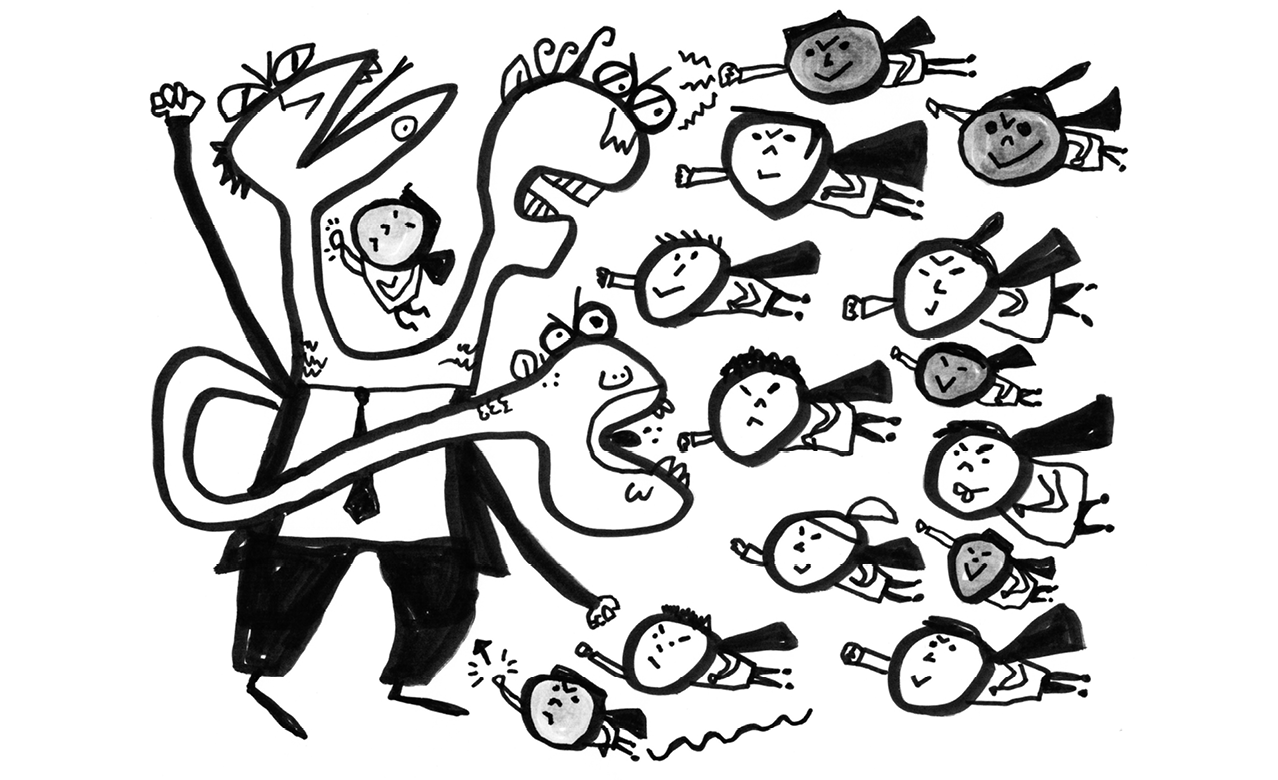

 That strategy is the radically simple idea of ensuring that every county resident has timely access to ten vital services for surviving and thriving. Take a minute to let that sink in. If ten vital services are accessible in all the communities within your county’s border, you significantly reduce the 20 challenges that are the priority.
That strategy is the radically simple idea of ensuring that every county resident has timely access to ten vital services for surviving and thriving. Take a minute to let that sink in. If ten vital services are accessible in all the communities within your county’s border, you significantly reduce the 20 challenges that are the priority.

